NDP @ Bukit Brown
by Martina Yeo
As Singaporeans gather at the floating platform or Esplanade area to celebrate the nation’s 47th birthday, a group of some 70 celebrated this occasion together with the “Nation’s Deceased Pioneers” at Bukit Brown. As people gathered around at the round-about area, a flag of the nation was hung up on one of the rainforest trees.
After a brief introduction of Bukit Brown by Catherine, participants were handed a NDP goody bag each. After all, what’s an NDP celebration without goody bags? The goody bag was uniquely Bukit Brown and filled with symbolic meanings.
It contained an ice-cream stick with a number written in red (symbolizing the graves affected by the 8-lane road), a packet of instant coffee (symbolizing the name that Bukit Brown was popularly known by, Kopi Sua or Coffee Hill), a candle (for participants to offer to any grave), a box of matchsticks (for lighting the candle and which symbolizes one of the Bukit Brown pioneers, Lee Kim Soo’s story from rags-to-riches), “Eagle” brand medicated oil (which is a brand successfully build up by Tan Jim Lay a grandson of Tan Quee Lan), and a party popper (which symbolizes the five-coloured paper which is laid out when descendants visit their ancestors’ graves during the Qing Ming Festival as an act of remembrance).
Look at the smiling faces of those participants who were the first to guess the names of those who were buried in the graves that correspond to the number on the ice-cream sticks they received! They each won a Bukit Brown T-shirt.
Clare then led the excited participants for a tour to visit some of the pioneers. Some seemed unable to contain their excitement when they saw a hanging branch.
Amongst the pioneers, participants visited the graves of Mr. & Mrs. Tay Koh Yat, Mr. Lee Kim Soo, Mr. & Mrs. See Tiong Wah, Mr. & Mrs. Khoo Kay Hian, Mr. Khoo Kay Hian’s mother and Mr. & Mrs. Tan Yong Tian.
After a short tour to some of these graves, the participants went back to the place under the Ole rain tree for a buffet. While some were making new friends and enjoying the food, others played with the dogs, patted the horse or took turns to hold the flag and took a photo with it.
More games followed. Those who managed to answer the quiz questions correctly were smiling from ear-to-ear as they received their prize of painted tiles.

The tiles donated by Victor Lim were collected from old houses and can be found at Bukit Brown which is also the final homes for the departed (photo Martina Yeo)
Participants then sung the national anthem and said the pledge as one voice. Of course, like other NDPs, there was also the “fly-over,” but at Bukit Brown, participants folded their own paper planes using papers printed with the national flag and “flying” it using their han
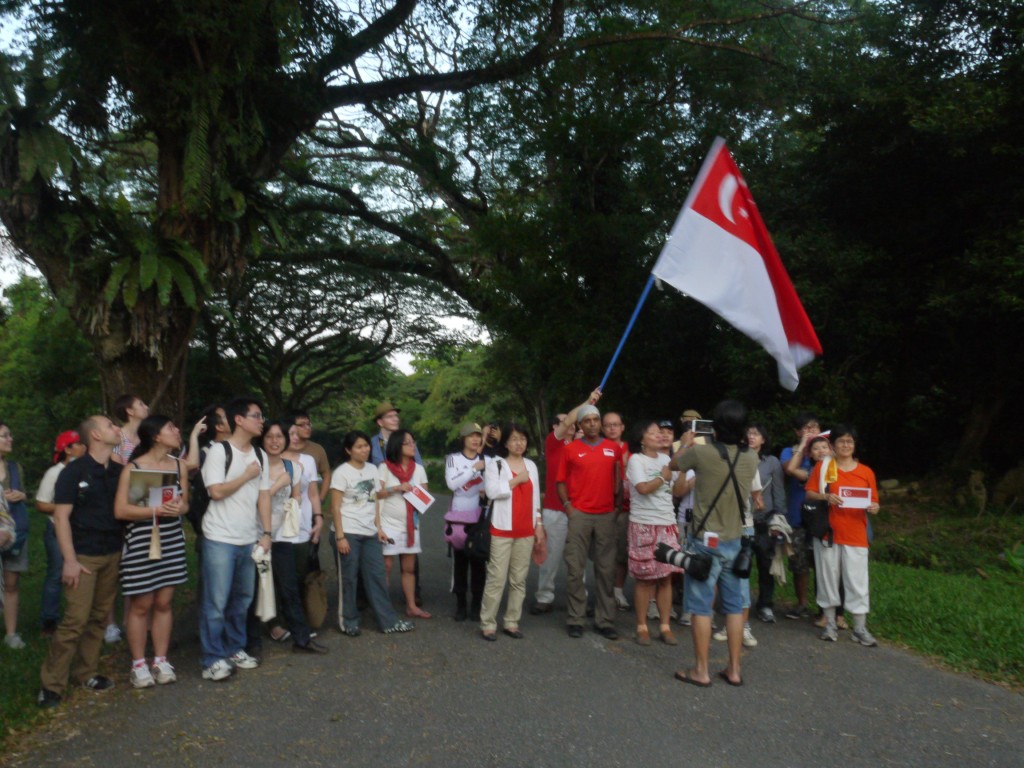
Singing the National Anthem followed by the recitation of The Pledge marked a high point in the celebrations (photo Martina Yeo)
Many continued to stay on to watch the sunset, learn yoga from Bala, watch monkeys jumping from one tree to another, sing along with others or simply to enjoy the atmosphere of the place.

“So we bid you goodnight, in one last flickering light, till we meet again my friends, we hold each other in our hearts” (photo Claire Leow)
About Martina Yeo who documented this for us:
by Catherine Lim
The tour on Sunday 22 July, starts off rather ignominiously atop a pedestrian bridge which spans a busy dual carriageway and ends with a touch of the macabre, sitting on tombstones under a shady tree.
Welcome to Jon Cooper’s Battlefield Tour of Cemetery Hill aka Bukit Brown Cemetery. The 2 hour tour’s main route takes you mostly along side the greens of one of Singapore’s most exclusive private golf course and club. As Jon paints a picture of the battleground -literally the blood sweat and tears – I gaze out at the golfers blissfully unaware the ground they are strolling was once a battlefield. But I am moving ahead of the tour here.
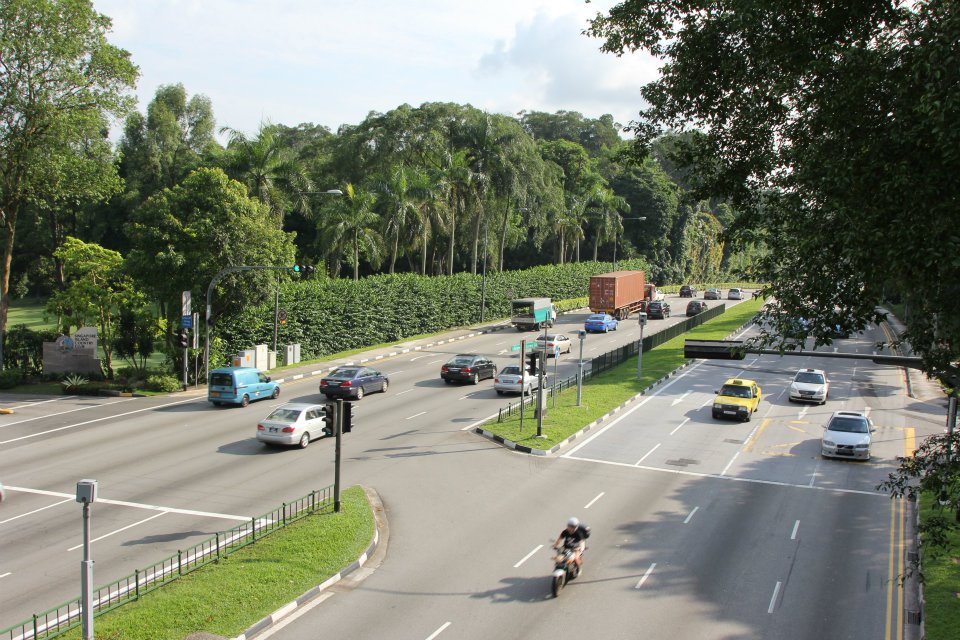
The view which sets the geographical location of the battleground, now imagine it wild and green (photo Bianca Polak)
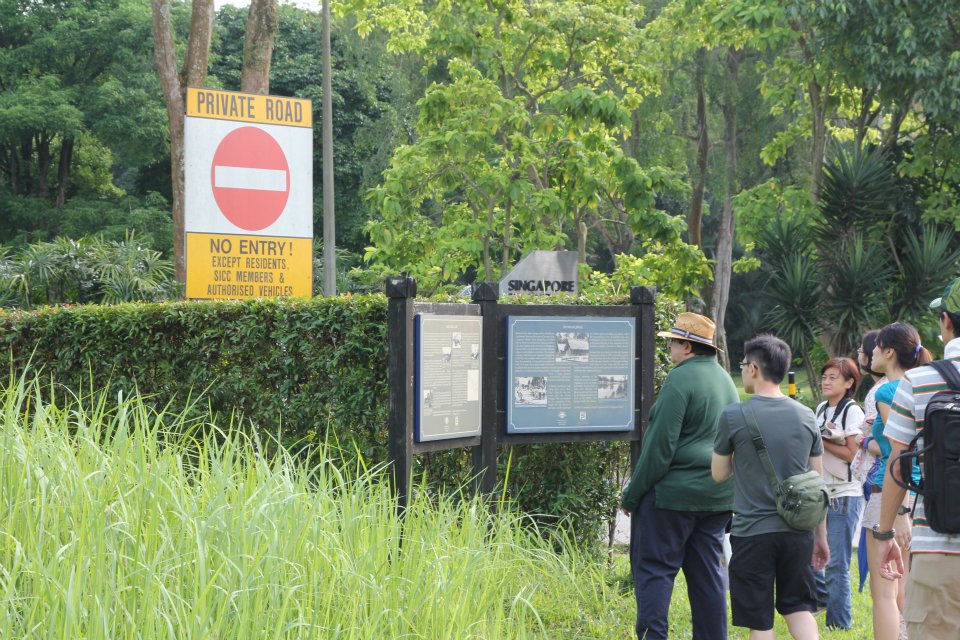
Heritage marker which I reckon only gets a passing glance from bus commuters and joggers in the area ( photo Bianca Polak)

The Shinto Shrine which British POWs helped to build for the Japanese, traces of which are still at MacRitchie Reservoir but off limits to the public (photo Bianca Polak)
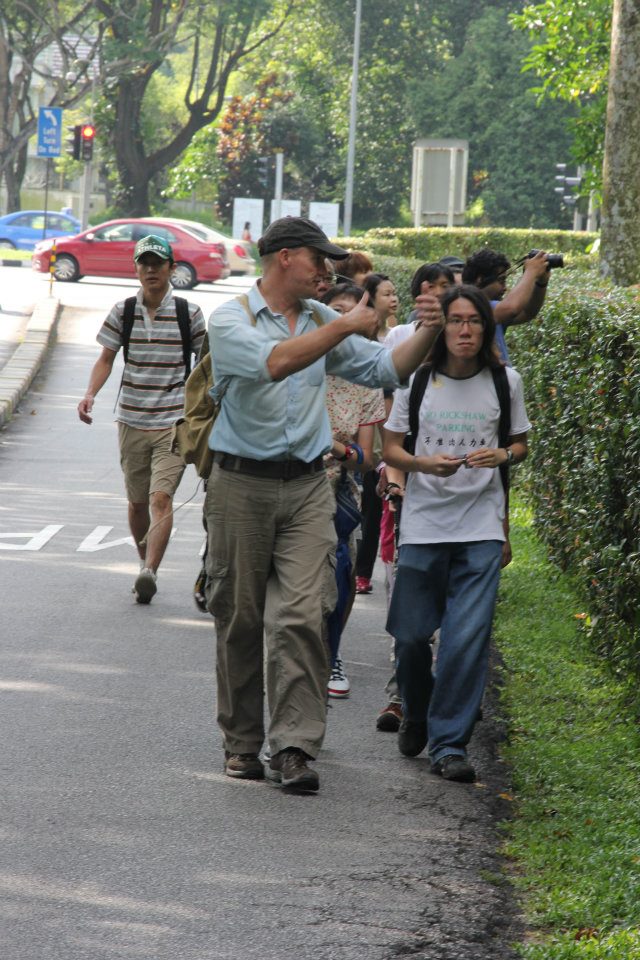
Turning into Sime Road SICC, on the left beyond the tall hedges Seh Ong Cemetery (photo Bianca Polak)

Much safer to walk on the soft greens as this mother and daughter team demonstrate (photo Claire Leow)
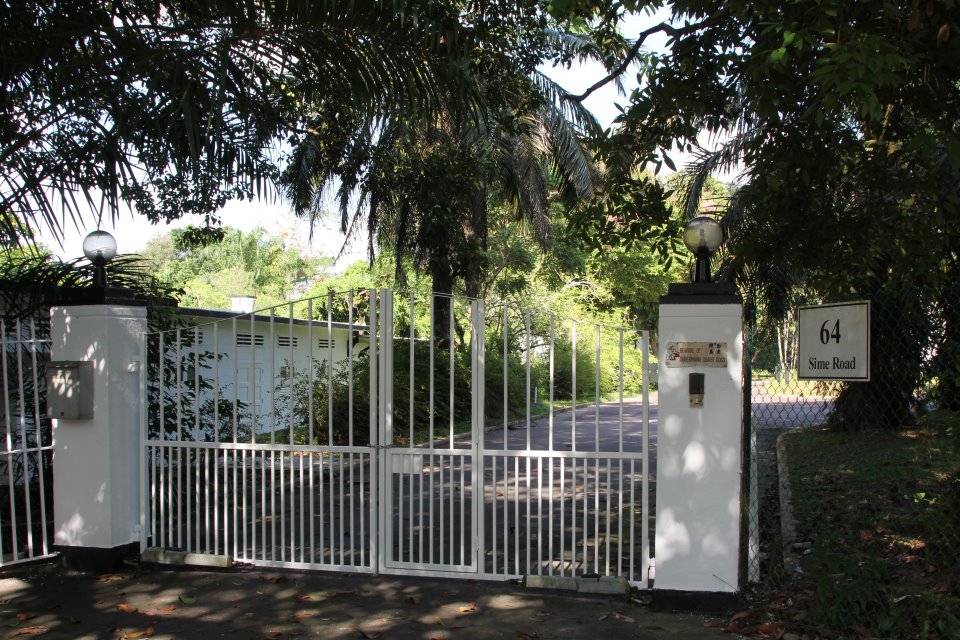
Third stop 64 Sime Road – The ideal Command House for the British before the war, but there not enough time to consolidate before the Japanese was upon the area (photo Bianca Polak)
Postscript : 64 Sime Road. Post-war building, known as ‘Air House’, official residence of the ‘Commanders-in-Chief and Commanders of the Far East Air Force from 1949 until November 1970’. Far East Air Force was FEAF (pronounced Fee-Eff). HQ FEAF was here in Singapore, the area of operations was from the east of Ceylon to the Solomon Islands in the Pacific, north to southern China and south to East Timor.
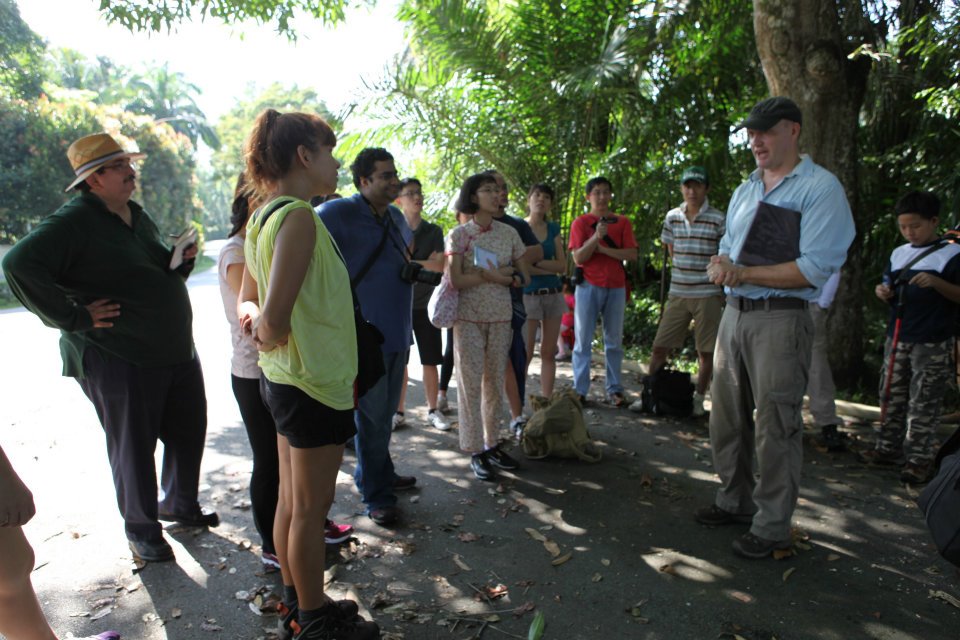
Under the shady tree outside number 64 Sime Road, Jon continues the story of brave men from both sides and the battle they faced (photo Claire Leow)
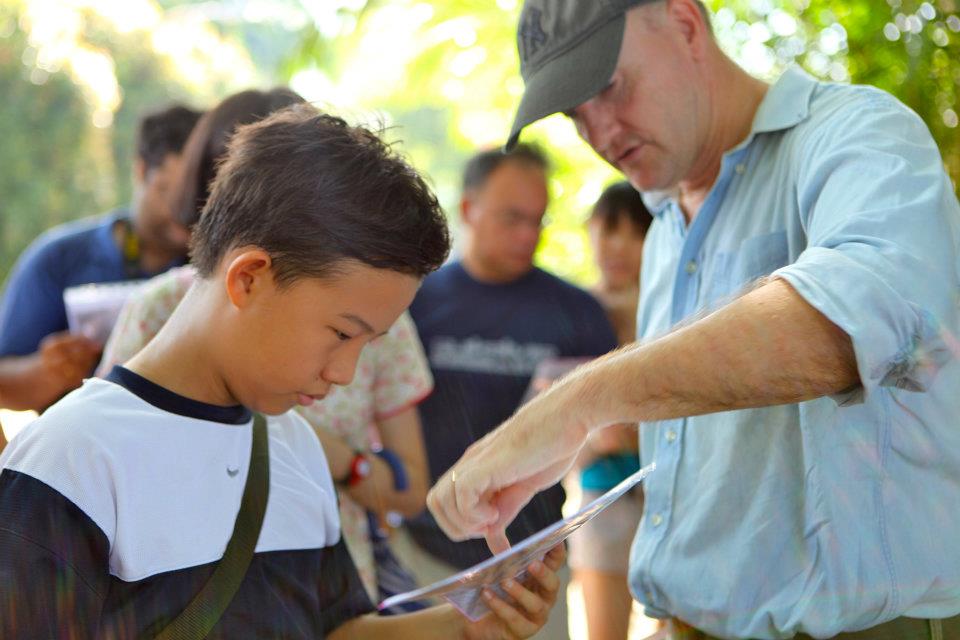
Jon’s most diligent student, he had already been on Jon’s Curator’s Tour of the Adam Road project which was held at the NLB (photo Claire Leow)

And the unexpected surprise of this tour, the caretaker on his own initiative decides we should be let into the ground of number 64 after observing we had been there for some 20 minutes ( photo Claire Leow)
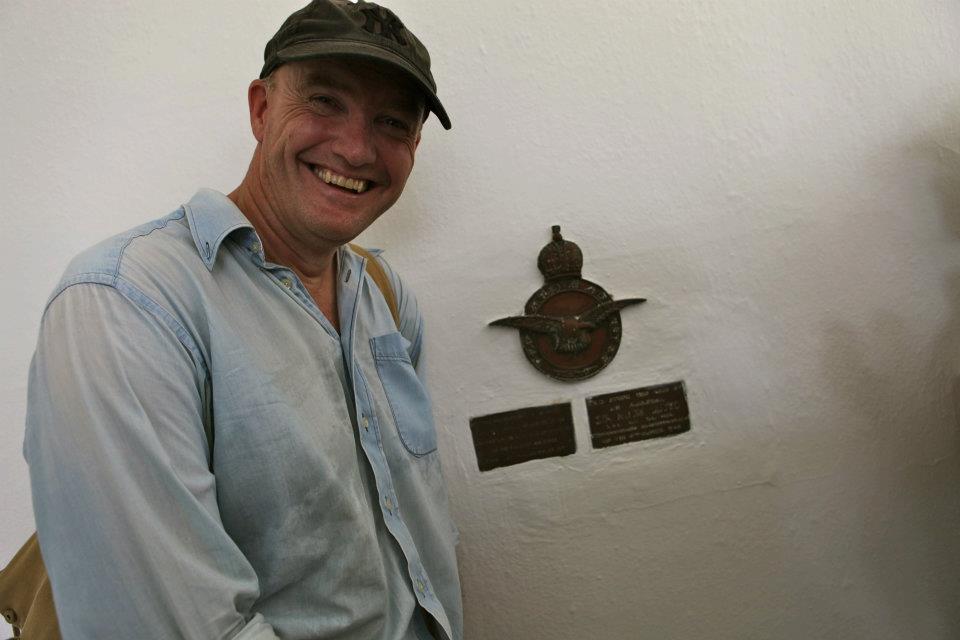
An unexpected bonus for Jon as he is reunited with the insignia of his regiment top row (photo Claire Leow)

Inside, workers who have been maintaining the house, which we suspect will be up for rent soon (photo Claire Leow)

The Group photo, all thought this would make a marvelous war museum for Adam Park and wondered how much was the rent (photo Claire Leow)
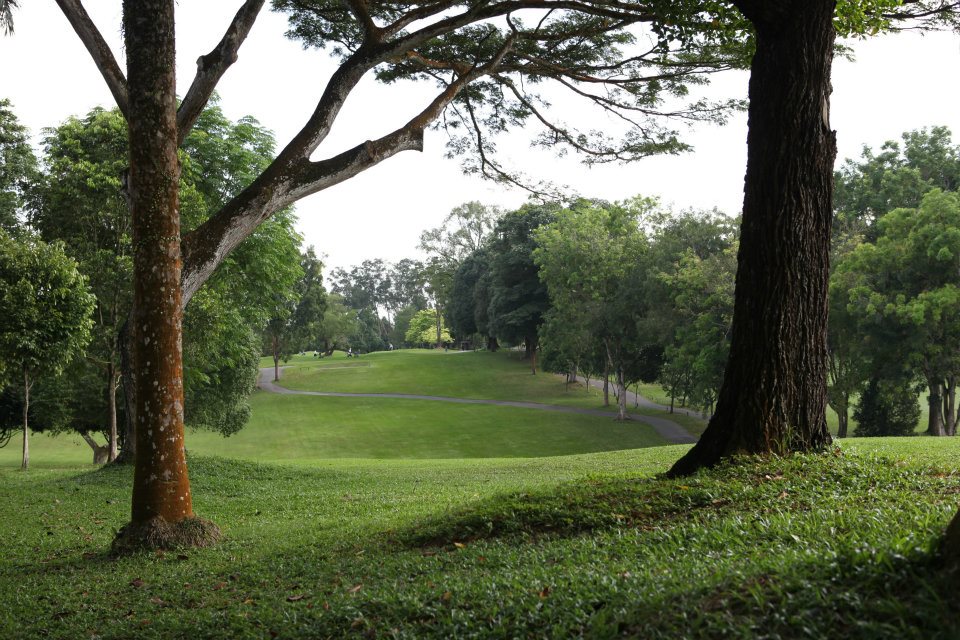
As we continued to our fourth stop, from where we stood, we saw this idyllic scene (photo Bianca Polak)
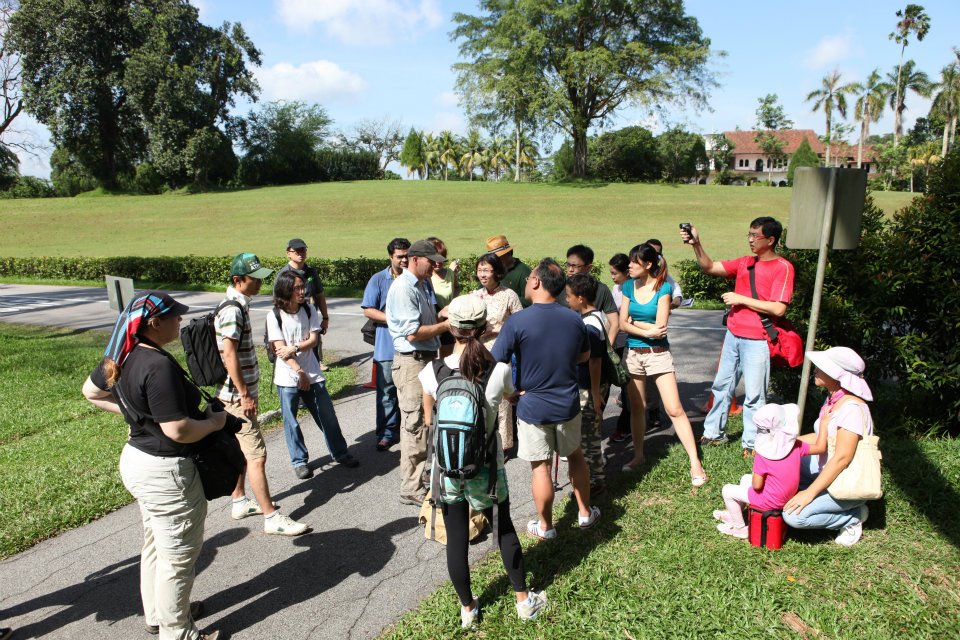
It was here, a 100 metres opposite no, 64 (back on the road heading back to Lornie Rd) under the by now scorching sun that Jon showed us the lay of the land and the battleground ahead at Bukit Brown (photo Claire Leow)
Here is an extract of the battle on the evening of 14th Feb 1942 from an earlier post
The gunners’ targets were the men of the 4th Suffolks, a fresh-faced territorial battalion of the 18th Division who had only landed in Singapore two weeks earlier. The Suffolks, raised from the country towns and farming communities of East Anglia, had already seen combat up at Bukit Tinggi and had been forced to retreat back towards the Lornie Road by the relentless drive of the IJA’s elite 5th Division. The Suffolk’s hasty withdrawal and the stubborn defence of Adam Park by the 1st Battalion Cambridgeshires had allowed the men to establish new positions overlooking the eastern end of the SICC golf course and southern tributaries of the MacRitchie Reservoir. They were all that stood between Yamashita’s army and the all important water pumping stations at Thompson Village and Woodleigh. That evening Yamashita’s exhausted and battle weary troops were to launch one final effort to break through to the east. The leading units of the 11th Regiment of the 5th Division were by now running short of ammunition and artillery shells and the bombardment and attack was to be their final assault. It was to be a ‘make or break’ attack on the hills of Bukit Brown.
At dusk the 3rd Battalion, 11thRegiment led by Colonel Ichikawa surged up the Sime Road and charged across the Lornie Road. Colonel Shimada’s tank company parked up on the fairways of the golf course provided covering fire and his men witnessed the arms and legs of the defending Suffolks fly up into the air with every explosion. He watched as the screaming infantry disappeared into the murk and smoke along the tree line on Hill 130 then to his relief saw the torch lights and flares signal the successful capture of the temple complex. The attack had been a total success; those Suffolks that had not fled or been blown to bits by the barrage had been bayoneted in their trenches. The way was open to Thomson Village; surely Singapore would now surrender.”
The tour continued back to the main road where the group cut through a jogging path in the nature reserve for the most visible evidence of war.

And you have to watch where you are going in case you fall into this hole which will fit a man “comfortably ” (photo Bianca Polak)

This young chap seems to be charging ahead with gusto for the next leg of the tour (photo Claire Leow)
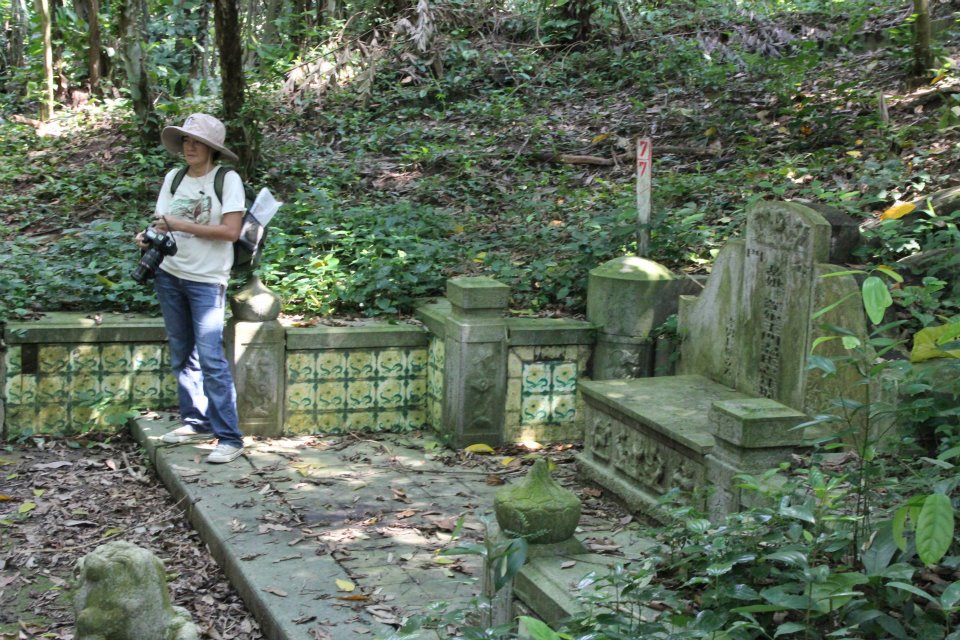
Here, Jon gets a break while BB volunteer guide Claire Leow explains some of the features of a Chinese tomb. This one is the largest single occupant tomb belonging to Onn Choon Neo. The soldiers would probably have found this useful (photo Bianca Polak)
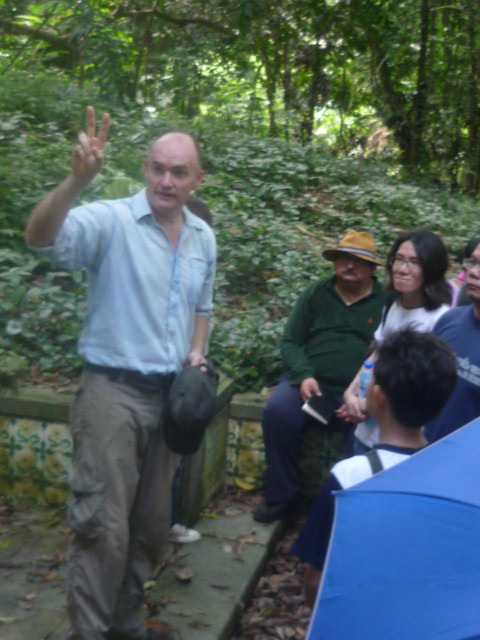
But Jon explains how scary this terrain must have been to the Suffolk boys. Yes they could hide, but bullets could ricochet of the stones and they were be hit, If they decided to make a run for it, they face the swords of the Japanese. It was a grim prospect (photo Catherine Lim)
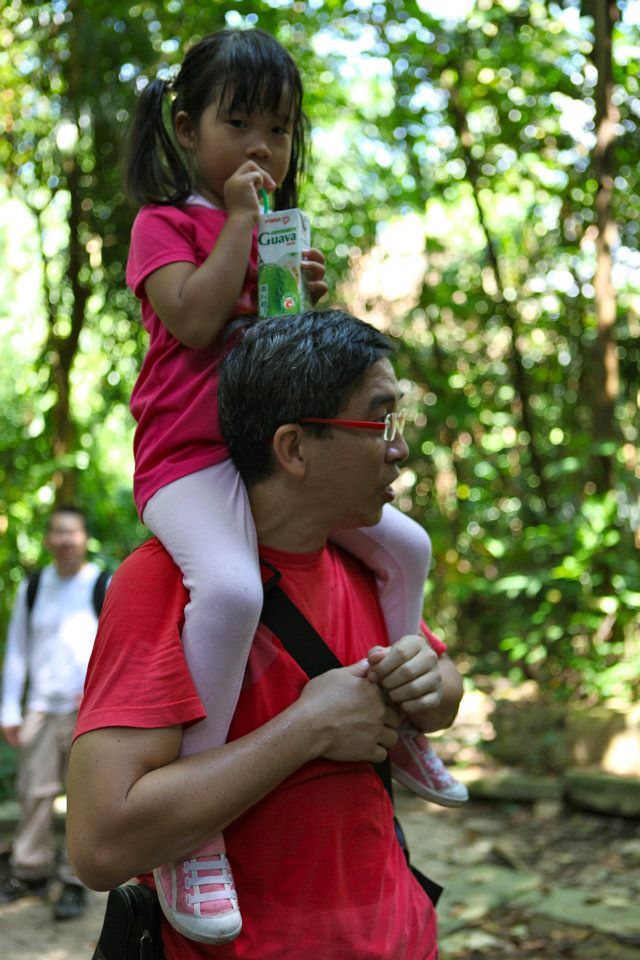
This was our own Ms G.I. Jane who lasted the whole tour but there was one last stop! (photo Claire Leow)

Our final “resting” place. There used to be a temple here which Colonel Ichikawa had spotted from way across the golf course which was the target of his capture. (photo Claire Leow)
If you want to know what Jon’s parting words to us was, look out for the next Battlefield at Cemetery Hill Tour , hopefully at the end of August. It’s not a difficult terrain to traverse and as I said the main route is pass the golf course but it is hot and humid. Jon is a passionate war archaeologist who with his team has uncovered intimate details about the men who fought in this battle on both sides of the divide . He draws you into the theatre of war with much verve, is great with kids and I was captivated (no pun intended!)
About Jon Cooper : He is an expat, a graduate from the Centre for Battlefield Archaeology at Glasgow University. He has spent the last three years working as the project manager alongside his partners in the Singapore Heritage Society and the National University of Singapore, for The Adam Park Project; a study into the archaeological record of the battle for the estate and the subsequent POW camp that was established there in 1942. The project’s findings r went on show at the National Library in an exhibition entitled ‘Four Days in February earlier this year. The exhibition is now over. and Jon reports, some of the exhibits has had to be stored in his home, where his sons have tremendous fun with their own battle ground”
DR Lim Hock Siew: The Role Model
by Lim Chin Joo
Among the tombs affected by the Government’s decision to exhume Bukit Brown Cemetery to make way for roadworks is that of See Tiong Wah, the grandfather –in-law of Dr. Lim Hock Siew.To find out more about the story, Seah Shin Wong and I visited Dr. Lim at his new house in Joo Chiat Terrace on 12th April without any inkling that it was to be our last meeting with him!
Their living room was still in a mess, yet Dr. Lim was glad to see us and , together with his wife Dr. Beatrice Chen , had a nice chat with us . See Tiong Wah was born to a prominent peranakan family in Malacca in 1885. He came to Singapore when he was six years old to study at St. Joseph’s Institute. After he started work as a bank officer, he rose through the ranks to become a comprador of HSBC. He was an active member of the Singapore Chinese Chamber of Commerce, was appointed as a Justice of Peace, and held the chairmanship of the Hokkien Huay Kuan and Thian Hock Keng Temple for several terms.
See Tiong Wah’s daughter, Lucy Chen nee See, was the mother-in-law of Dr. Lim. Lucy studied law in England in her youth and it was then that she met a young engineering student from Hebei, Chen Xu, who was the son of a key Kuomintang military and political figure, Chen Tiao-yuan. Lucy beacme the first female in the history of Singapore and Malaya to be both raised to the bar as a solicitor in England as well as being accepted into the British Law Society. She married Chen Xu after graduating and returned to Nanjing with him. She gave birth to Beatrice and her two younger brothers soon after. At the outbreak of the Sino-Japanese War in 1937, Lucy brought her children to seek refuge in Singapore and stayed with her grandfather, See Tiong Wah, at No. 23 Balmoral Road. The nearby Ewe Boon Road was in fact named after her great grandfather, See Ewe Boon. Beatrice was only 5 years old when she entered Primary One at Nanyang Girls’ Primary School. See Tiong Wah passed away before the fall of Singapore.
Back in China, the Nationalist government was forced to retreat to Chongqing then. Knowing that the Japanese would advance into Southeast Asia (Nanyang), Beatrice, her brothers and their mother Lucy journeyed from Penang to Rangoon by boat, trekked along the Yunnan–Burma Road before reuniting with Chen Xu in Chongqing. At the end of World War II, the family moved back to Nanjing.
After the Chinese Communist Party got into power In 1949, Chen Xu followed the Kuomintang’ troops in their retreat to Taiwan, whereas Lucy would return to Singapore to practice law. Meanwhile, Beatrice entered Hong Kong University to read medicine and graduated in 1958 before coming back to Singapore to work in the Singapore General Hospital.
Beatrice met Dr. Lim Hock Siew at the Singapore General Hospital, and was deeply impressed with his selflessness, his professionalism, gentlemanly demeanour, sense of humour, and firm conviction in his beliefs. On the other hand, Dr. Beatrice Chen cut an elegant figure with her solid bi-cultural background and striking charisma. It was therefore hardly surprising that they would soon be attracted to each other.
Dr. Lim recalled that one day in October 1961, he gathered a dozen of his close friends, including Lim Chin Siong, S Woodhull, James Puthucheary, Poh Soo Kai, Lim She Ping DR Bakar and Fong Swee Suan at his home in Campbell Lane for a “meeting”. It was not until everyone’s arrival that he disclosed that the “meeting” was in fact called to announce his marriage with Beatrice! Dr. Lim jokingly said to us that his mother in law was then not too happy to have a left-wing politician as his son-in-law! Soon after that, their first and only child was born in 1962.
In February 1963, Dr. Lim was detained under the so-called “Operation Coldstore” and was released after nearly 20 years in captivity. Torn apart for decades not long after their marriage , the cruelty inflicted upon the young couple is unspeakable and the untold sufferings would have scarred them for life. Despite all these the couple remained undaunted and committed to each other. Together they went through thick and thin. They are the role models. Their story will go down in history as one of the most glorious chapters in the fight for democracy and freedom in Singapore and Malaya.
At our meeting on the 12th April , we made a date with Dr. Lim to have another chat , but, alas! it is now never to be. What regrets!
This essay was published in the book “Remembering Dr. Lim Hock Siew – OUR FREEDOM FIGHTER” and is reproduced here with the kind permission of Lim Chin Joo

The tomb of See Tiong Wah which is” staked” and affected by the 8 lane highway to be built at Bukit Brown is a “must see” during public tours (photo: Claire Leow)
For more on features of See Tiong Wah tomb please click here
For location and more photos, please click here
by Gan Su-lin and Catherine Lim
The tomb staked 1888 or rather its companion is used as an illustration in the LTA sign boards at Bukit Brown to explain to the public how to look out for and identify whether an ancestor could be affected by the 8 lane highway that is going to be built through Bukit Brown.
The resident of Tomb 1888 was exhumed on Thursday 21 June 2012 by his descendant, a great grandson who has requested privacy of identity but was kind enough to allow Su-lin and me a chance to document and observe the exhumation from start to end.
On that day, we were told there were 4 exhumations and the following day, 11 were slated. We know this because exhumations has officialdom behind it. They have to be registered with NEA (National Environment Agency) which sends inspectors to spot check that it is conducted properly. There are papers to be signed and processed, but the tomb keepers are familiar with the procedure and cut out as much of the paper work as possible for the descendent. A note here to say that the companion tomb next to 1888 is not occupied which is not uncommon in Bukit Brown. The one beside it was most probably prepared for a spouse but who was not buried there for a variety reasons which we will not speculate on. The descendant was alerted to the existence of his great grandfather’s tomb only last year by Raymond Goh and proceeded to “refurbish” the tomb before news was released that the grave was affected by highway.
The exhumation of staked tomb 1888 started at 8 am with prayers and the digging started about 20 minutes later together with the separation of the tombstone from the backing which is necessary to release the spirit, a way of notifying the “resident”, he is moving house. The latter required the wielding of the mallet against stone which was heart wrenching to observe even for an outsider. The exhumation proved longer than the anticipated one hour because the grave was so well encrypted with granite slabs and brickwork and the coffin so well kept that it required a chainsaw to cut the opening. It was a “clean” exhumation, with remains of bones and nothing else.

Preparing to chant prays with incense, a bell and a dorje or vajra– ” thunderbolt” which is used in Tibetan Buddhism. The brown portfolio is an ipad which had been loaded up with the chants (photo Catherine Lim)

Separating the tombstone from the backing “releases the spirit” notifies the long time resident, he is moving home, the digging starts in tandem (photo Catherine Lim)

A valuable piece of inscription on the lives and times of the ancestor which is saved. (photo Catherine Lim)

Gan Su -lin (who documented) weighs in with Lim Ah Chye (tomb keeper) what to expect. (photo Catherine Lim)
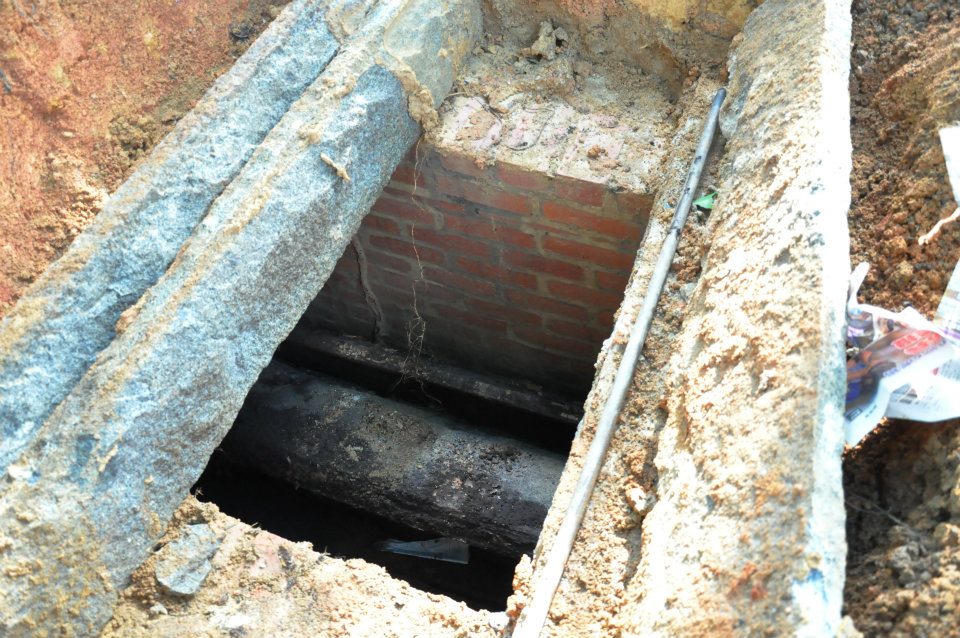
Revealing the coffin, intact and impenetrable after more than 70 years and some excellent brick work that drew the admiration of the grave diggers (photo Gan S-lin)

The first yield is a termites nest which Su Lin picked up thinking it might be the discovery of truffles in Singapore ( photo Gan Su-lin)
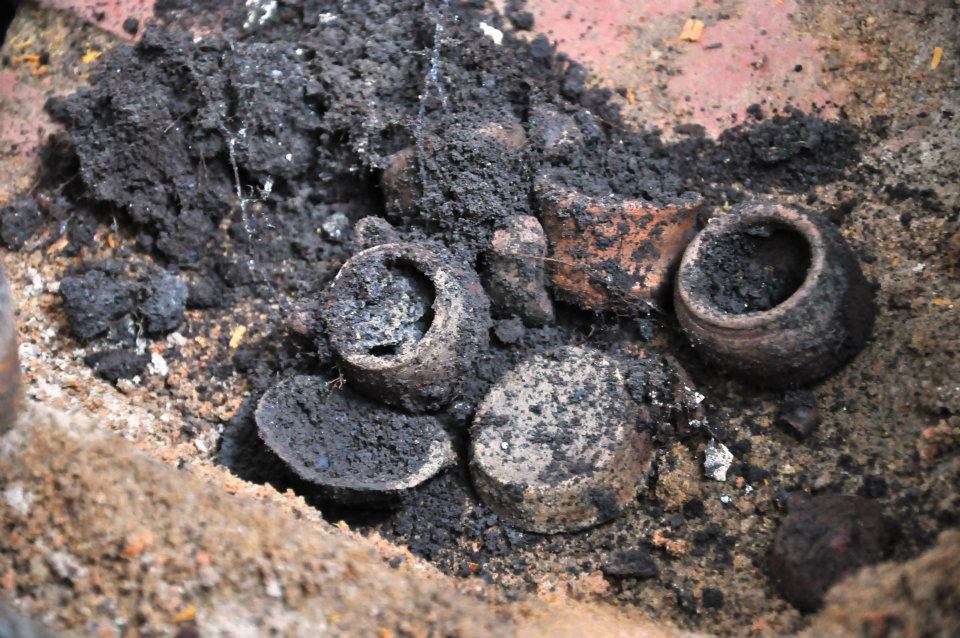
The second yield, teacups which survived the long internment, duly collected and delivered to documentation team office (photo Gan Su-lin)
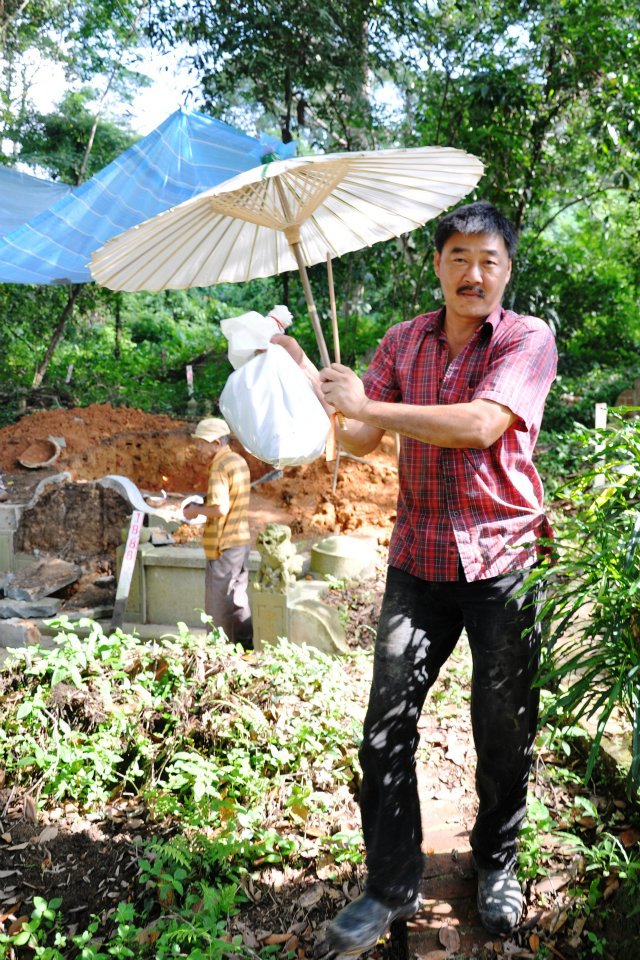
The exhumed ancestor must not be exposed to the sunlight.The use of the umbrella is symbolic and will shade the ancestor right up to the placement at the final resting place The remains were rinsed prior to transfer to crematorium with Chinese wine.(photo Gan Su-lin)

Ah Nan, who speaks fluent Hokkien presides over transfer of ashes to urn with the greatest of respect and meticulous attention ( photo Gan Su-lin)
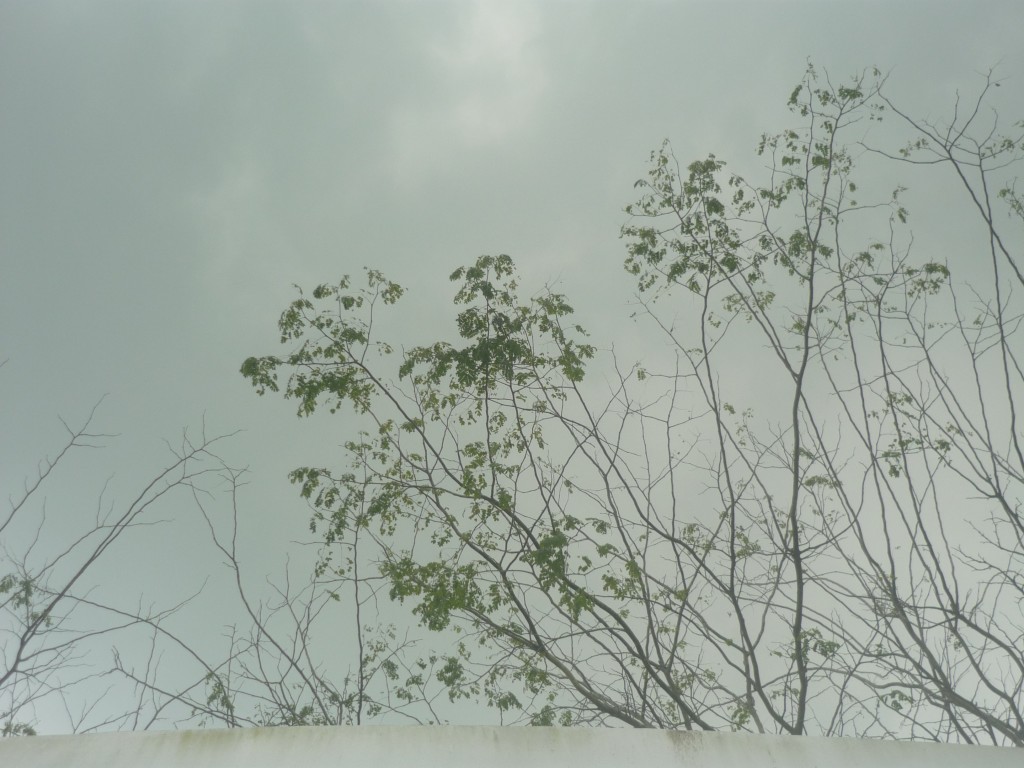
One last look at the Crematorium before the ancestor was brought to the family temple (photo Catherine Lim)
The exhumation began at 8 am. The gravediggers reached the granite slabs an hour later. The remains were exhumed just after 10am and transported to the crematorium about 10.30. The remains were ready for collection at 11.30am. By 1 pm, the ancestor was” laid to rest” in the family temple.
Seh Ong Hill
Introduction
The Bukit Brown Cemetery Complex mapped out by Mok Ly Yng based on the land lot tracings from this map shows a surviving area of approximately 390 acres. The biggest Chinese cemetery outside of China consists of four identifiable cemeteries bordering each other : Bukit Brown, Lau Sua (Old Hill), Kopi Sua (Coffee Hill) and Seh Ong Sua (Ong Clan Hill) This map shows the various cemeteries demarcated
In the following article Jave Wu traces the link between Seh Ong Sua (Ong Clan Hill) and the origins of the Hokkien Ong Clan way back to dynastic China, 550 BC. Jave researches & consults in Chinese culture, history & religion, specialising in Taoism.
Seh Ong Sua and the Hokkien Ong Clan (星洲姓王山與開閩王氏)
By Jave Wu
Seh Ong Sua is also sometimes known as “Tai Wan Sua” in Hokkien. “Tai Yuan Shan” (太原山 pinyin: Tàiyuán😉 refers to the capital and largest city of Shanxi Province in North China. )
The connection began in the late Zhou Dynasty when the first ancestor of the Ong clan, Prince Jin (太子晉), also named Wang Zi Qiao (王子喬/姬晉), was stripped of his royal status by his father King Ling of the Zhou (周靈王) in 551 BC (周靈王廿二年).
Born in 565 BC, Prince Jin was supposed to be a descendant of the Yellow Emperor (黃帝). He was a precociously intelligent child who often offended his father because he was given to speaking out in the face of his father, King Lin’s stubbornness and lack of wisdom.
During a morning assembly of the Court, King Ling suggested an impractical method of dealing with the frequent flooding in the kingdom. Prince Jin was about 14 or 15 then and he objected to his father’s suggestion in front of the other court officials, which placed King Ling in an awkward situation. Outraged, the King stripped Prince Jin of his royal title. The Prince was disappointed and foresaw the collapse of the Empire. He suffered from depression for 3 years before passing away in 549 BC at the age of 17, leaving behind his wife and a young son, Ji Zong Jing (姬宗敬).
Soon after Prince Jin’s death, King Ling also departed the mortal world. Prince Jin’s younger brother, Prince Gui (太子貴), ascended the Zhou throne as King Jing (周景王). At a young age, Ji Zong Jing was appointed as the Premier (大司徒 – 相等丞相之職) by his uncle King Jing.
Well aware that his uncle was an inept ruler like his grandfather, and seeing that the Empire was collapsing, Zong Jing resigned from his post and left the Imperial court, escaping to Taiyuan City (太原市) in Shanxi Province (山西省) to take refuge. To avoid being recognised, he changed both his surname & name.
As he was a descendant of the Imperial family, he used the Chinese character “Wang” (王 = king or “ Ong” in Hokkien) in place of his actual surname “Ji” (姬), and changed his name from “Zong Ji” (宗敬) to “Rong” (榮). Henceforth, he was known as Wang Rong (王榮), symbolising the royal lineage will be “prosperous & continuous.”
The Wang clan took root in Taiyuan City and the descendants multiplied over the generations. By the Tang Dynasty, there were many people with the surname Wang (Ong) all over the Middle Kingdom (中原). As a result of this historic beginning, those of the surname Wang (Ong) refer to Taiyuan as their place of origin. This also explains how the name of Taiyuan Shan in Singapore came about.
From 615 to 755 AD, after the rebellion by An Lushan (安祿山), southern China (especially the Fujian area) was in turmoil with constant strife between warlords. In 885 AD, 3 brothers, Wang Chao (王朝), Wang Shenzhi (王審知) & Wang Shenggui (王審邽) recruited an army which drove into southern China and brought peace to the troubled region. To protect the common peoople from further suffering, the three brothers built a kingdom in Fujian which came to be known as the Min Kingdom (閩國). The establishment of the Ong clan in southern China could be traced to this victory.
During the late Ming & early Qing Dynasties, many Hokkien Ong clansmen left their homeland in Southern China for Southeast Asia. By the late Qing Dynasty, their descendants had settled in many parts of Southeast Asia including Singapore.
In 1872, the members of the Hokkien Ong clan in Singapore decided to have a place where the living could reside and where their departed ancestors could be buried. Three of them, Ong Ewe Hai (Wang You hai 王有海), Ong Kew Ho (Wang Qiu he 王求和) and Ong Chong Chew (Wang Zong zhou 王沧洲 ) contributed $500 each to buy a plot of land between Toa Payoh and Bukit Timah, approximately 97 acres which was to become Seh Ong Hill (姓王山)
Soon after the cemetery was established, the three good friends proposed building a temple there to honour the first ancestor of the Hokkien Ong clan, with the assistance of other clan members. This was the “Temple of the King of Min” or Min Wang Ci (閩王祠). After the temple was constructed, Wang Youhai (王友海) set off for Fuzhou in Fujian Province in China (中國福建省福州市), where he brought back the ancestral urn and paintings of the three Wang brothers who established the Min Kingdom from Zhong Yi Wang Temple in Qing Cheng Si Street (慶城寺街忠懿王廟).
In 1875, the Hokkien Ong Ancestral Temple (閩王祠) was set up to assist Hokkien Ong clan members. In 1944, the name of the association was changed to Hokkien Ong Temple General Association (閩王祠公會) and in 1970, this was changed again to Singapore Hokkien Ong Clansmen General Association (開閩王氏總會).
From 1982 to 1990, the land around Seh Ong Hill was developed and some vacant land was acquired by the government. Using the compensation which amounted to approximately 9 million dollars, the clan bought a piece of land in Bukit Batok Street 23 where the Hokkien Ong Clan Temple was rebuilt. The construction was completed in 1999 and then President Mr Ong Teng Cheong was invited to be the Officiating Officer for the grand opening of the new temple on 2 May 1999.
Till today, the Hokkien Ong clan still conducts annual ceremonies for the Spring and Autumn honouring their ancestors in Singapore and as well as in China. it allows the clan to remember the credit & merit they had accumulated in building the “Hokkien Ong Kingdom”
“The trees have roots, and the water, its source.”
Dedicated to the Ong clan & its ancestors
References:
http://bukitbrowntomb.blogspot.com/2011/11/blog-post.html
History of Clan Associations in Singapore Vol. 2, SFCCA 2005.
One Hundred Years’ History of Chinese in Singapore 新加坡华人百年史。
For more of the Ong connection at Bukit Brown – http://bukitbrown.org/a-great-hill-for-us-to-remember and A Grand Repose.
“Moving House”
Tuesday 26th June 7 pm – 9 pm
University Town Auditorium in Kent Ridge
NUS Museum and All Things Bukit Brown presents “Moving House” – a screening, a presentation and a Q and A session on the next significant development for the planned 8 lane highway that will cut through the cemetery – Exhumation.
The documentation team led by Dr Hui Yew Foong undertook its first documentation of a private exhumation of a staked tomb affected by the highway earlier this month.
We take this opportunity to resurrect an award winning documentary by film maker Tan Pin Pin. “Moving House” made in 2001 looked at the Chew family , one of 55,000 Singapore families forced to relocate the remains of their relatives to a columbarium as gravesites made way for urban redevelopment. The picnic mood of the family outing to move the remains belies the sadness and confusion everyone feels. It was screened in December 2001.
11 years on what can be expected and what will be the impact on a fresh round exhumations anticipated for some 3,700 tombs to come as Bukit Brown makes way for an 8 lane highway.
The screening of the 22 minute “Moving House” will be followed by a presentation by Dr Hui on some insights from the first exhumation documented by his team.
A q & a will follow with Tan Pin Pin and Dr Hui plus we hope one mystery guest whom we are hoping to persuade to take questions, some one who has had hands- on experience with exhumations.
Do look out for registration details which will be made available by the end of this week.
This is a heads up to book the 26th June for this event. 200 spaces will be available on a first come first basis.
For an example of exhumation rituals, click here.
The Purpose of Keeping Heritage sites is to Preserve the Physical Linkage between the Present and Past
When the relevant authorities were planning for the cemetery to give way to the highway, did they know the historical value of Bukit Brown? Or was it after the researchers and the public’s strong interest and views that they suddenly realised the importance of this site? If this is the case, it reflects a deeper layer of problem: do the upper echelons of our government officials seriously lack historical and cultural conciousness? Today Bukit Brown is affected, who is to say a similar problem will not happen in future?
More than 50 – 60 years ago, scholars like Tan Yeok Seong and Hsu Yun Tsiao did indepth research of Singapore heritage sites including cemeteries, and they also inspired later generation scholars to conduct more research.
Everyone knows that History is ever continuing, and we make use of the past to shine a torch for the future. The 19th century German philosopher Hegel once said, ” What we can see now is but the fruit of the past, and what history tell us is invariably to preserve the things left behind from the past. Hence keeping track of the development of history is like a water current, the further out it can flow, the more volume it can gather, and the more content it can generate.
The importance of preserving heritage sites is to keep the physical linkage between the past and the present. If we destroy each and every heritage site, it means destroying the links between the past and the present, it means cutting off the roots of our present generation, so that if the latter generations would like to know how their ancestors travelled the path before, they would not have the physical evidence to substantiate it
Continuous gathering of history knowledge and research should be the mission of our education sector, but alas this is where the weakness of our Singapore education lies. We should build upon the foundation of the past research done by our predecessors, expand and upgrade them to the next higher level.
Translated by Raymond Goh extracted from the article by Han Tan Juan
Original Article
早报网–从恒山亭到武吉布朗
(2012-05-31)
韩山元
… 开门见山
笔心
保留古迹的意义就在于保留古与今的一个实体的连接点。
武吉布朗坟山因为当局要修建高速公路,要把其中数千座坟墓清
远在武吉布朗之前,新加坡开埠初期有座大坟山在恒山亭后面(
碧山也是历史超过百年的广东人在本地最大的坟山,1819年
当年这些坟山被铲除,也曾有人提出异议,表示惋惜,但是其声
有关当局在考虑修建高速公路,须叫古墓让路时,事前知道不知
早在五六十年前,陈育崧、许云樵等学者对于新加坡的古迹(包
众所周知,历史是有延续性的,是承先启后的。19世纪德国哲学家
保留古迹的意义就在于保留古与今的一个实体的连接点,如果将
历史知识与研究也应该有延续性,历史知识的延续是教育界的任
Alex Lim’s Story Part II
On the 2nd April 2012, Alex Lim and his family observed Qing Ming at Bukit Brown starting with his grandmother’s tomb, Tan Tee Teo which was accessed from Lornie Road. Part II continues as the family proceeded into Bukit Brown proper, to Hill 4 where they paid their respects to Lim Kee Tong and his wife, the paternal great great grandparents to Alex and his brothers.
Lim Kee Tong was a Singapore pioneer businessman and philanthropist who contributed to free education, to the Lam Ann clan and was a trustee of an award winning temple. As Alex goes through the rites of tomb sweeping, he recounts to the documentation team, led by Dr Hui Yew Foong and bukitbrown.com, what he has been told, heard and followed up on the life and times of his illustrious ancestor – a narrative that continues to unfold.
A closer look at the tomb of Lee Kee Tong and his wife and what it tells us
Couplets Translated by Ang Yik Han
The couplets, on the headstone, are based on his name 箕當:
箕裘克紹傳家有仁風
Following in his father’s footsteps, his benevolence passes down through the generations;
當義勇为遺德留千古
Always ready to answer the righteous call, his virtue remains for eternity
The couplets on the pillars are 溪東, 東昇 is my GGGF’s 號 -Pseudonyms or aliases (from Alex Lim)
南國山川秀
安宅大地靈
溪土為故里
東昇是別名
“The southern land has fine hills and rivers
With the earth’s auras it is a good place to build a tomb
Xi (Dong) is my hometown;
Dong Sheng is my other name”
About Lim Kee Tong :
Lim Kee Tong was on the Board of Directors which rebuilt the Hong San See at Mohamed Sultan Road in 1913 .His name is inscribed on the granite pillars at the temple’s front, a distinction given only to those who played a major role in its construction. In addition, he was one of the founders and chairman of a school based in the temple’s premises which provided basic education to poor children from the neighbourhood. Subsequently, he was also appointed as a trustee of the temple.
Apart from Singapore, Lim Kee Tong was also active in Klang and Kuala Lumpur where he was one of the co-founders of the Selangor Lim Clan Association as well as its first chairman. His name can also be found amongst the contributors to the Lim (Lam Ann) Clan Family Self-Management Association in Cantonment Road, the umbrella body for the Lim clan in Singapore. He was active in many other community groups and often gave generously to public and charitable causes such as famine and war relief funds.
Lim Kee Tong’s business interests:
“The trading company name was called Lim Huat Hin 林發興 and it was mainly active in Kuala Lumpur, Selangor & S’pore. Business routes included Indonesia, Philippines & China. My the second generation which ran the family business included my great grandfather and one or two my great granduncles who had their final resting places in Indonesia & Philippines. Exact locations unknown. My father said before that GGGfather, was also a landlord with 13 ~ 17 shop houses @ Hong Lim Pa Sat (Covent Garden).” Alex Lim
Closing shots of Qing Ming at Bukit Brown for the Lim’s on 2 April 2012

One for the family album for brother Roger, who could not be there for Qing Ming (photo Catherine Lim)
Alex’s Story Part 1
Compiled by Catherine Lim
In 1940, when Lim Sian Chin was only 6 months old, his mother passed away from a mysterious illness. Tan Tee Teo 陳甜桃; was only 23 years old.
On 2nd April, 2012, exactly 72 years to the date of Tan’s death (according to the lunar calendar) Lim Sian Chin, with his wife Hai Lian and 2 sons, Alex and Yong Beng paid what could be their last Qing Ming respects to her. (Roger, the middle son of Lim’s was in Dubai) Staked grave 3716 is one of nearly 4000 graves which lie in the way of an 8 lane highway that the government plans to build that will slice Bukit Brown Cemetery into half.
This is the photo essay of the Lims’ Qing Ming 2012 which was also covered by the documentation team led by Hui Yew Foong. It is composed from the view point of the eldest son, Alex.

” I remember back then when I was this nigh high, playing here among the lallang and the mozzies are still here ….” (photo Catherine Lim)
The Lim family were Taoist practitioners. In recent years, they have become Buddhists, as father believes after a period of time, the departed are already well and truly reincarnated. So offerings are “symbolic”

A unique way of wedging coloured paper through grass stalks so it won’t fly away (photo Catherine Lim)
This tradition comes from a Han emperor who after a long stint away from at war , returned home to pay respects to his parents. Their graves had become overgrown. So he decided to throw paper in 5 cardinal directions and where they landed and stayed, that would be where their graves were. A stone was used to wedge the paper to their tomb stones (that is why you still see stones on top of tombstones, it shows descendents have paid a visit.) Alex has his own unique way of “marking” the spot.
Post Script to Tan Tee Neo : The widower of Tan Tee Neo was to later marry her much younger sister sometime during or after World War 2. It was a fruitful union which resulted in half siblings for Lim and that branch of the family too continue to honour their late aunt at Qing Ming.
Alex’s story continues in Part II coming up soon where he pays his respect to his great great grandparents who are also buried in Bukit Brown. They are Lim Kee Tong 林箕當, Neo Kim 梁金. Find out more about the part Lim Kee Tong played in the setting up of a free school and a temple.
饮水思源 Remember The Source of the Water
Elizabeth Ong and Emma Lim
By Catherine Lim
In 2002 in London and Scotland, two Singapore couples stationed in the United Kingdom, welcomed new arrivals, both girls. Born four months apart, the Ongs in London named their daughter Elizabeth and she was their second child. The Lims in Scotland named their daughter, Emma and she was their first born
In 2006, after 13 years abroad, the Ongs returned home to Singapore because they felt it was time for their young family to root themselves to their country and they returned to the family home which with their children now houses 4 generations. Their children, elder brother Alexander to Elizabeth were enrolled in Nanyang Primary School and because they were still very young adapted well.
In 2010, the Lims after 12 years abroad returned home for very much the same reasons, to be with family and reconnect to their homeland. By then Emma had a brother and a sister. Their grandparents had visited them frequently when they were in Scotland and the grandchildren settled down comfortably in Singapore, all under one roof. Emma was able to enroll in Nanyang Primary School.
In 2011 Elizabeth and Emma met for the first time. They barely spoke in the first term of school but by term two their friendship just took off. Both are in the choir; Emma sings alto, and Elizabeth second soprano. Their passions are artistic. Dance lessons for Emma every weekend, and Elizabeth has been talking art lessons since 2007. Their mothers met and play dates were arranged whenever the girls had free moments in their busy schedules of school and extra curricula activities. But mostly the girls just text each other when apart.
As their friendship grew so did their mothers’. It was not long before they realised they had similar experiences of living abroad and coming home. When their husbands came into the picture, the Ong and Lim families found a deeper connection which reached back into Singapore’s past and found another friendship which their daughters’ echoed.
Elizabeth, is the great great granddaughter of Singapore pioneer and scholar Khoo Seok Wan and Emma is the great great great granddaughter of another luminous pioneer, Lim Boon Keng.
Lim Boon Keng and Khoo Seok Wan
By Ang Yik Han
One was the dapper son of a rich rice merchant from China, a poet and scholar who sat for the Imperial exams. The other was a local born Western trained doctor, recognised by government and society as one of the leading voices of the Straits Chinese community. Khoo Seok Wan and Lim Boon Keng made an unlikely pair of friends. But the historical and political milieu of their times gave birth to unlikely pairings.
Both men were supporters of the reformist movement in China which sought to re-vitalise the Qing Dynasty. Khoo founded the Thien Nan Shin Bao, a local Chinese newspaper sympathetic to the reformist cause; Lim Boon Keng was its English editor. Subsequently, Lim and his father-in-law took over another Chinese newspaper which also adopted the reformist line.
When Kang Youwei, the leader of the reformists, fled China after the Reform’s failure, Khoo offered him shelter in Singapore and sucour for the cause. With the threat of assassins dispatched by the Qing government hanging over Kang, Lim worked with Khoo and the Straits Settlements authorities to protect him. Kang moved three times during his short stay of five months in Singapore. The first two places were properties belonging to Khoo Seok Wan and the third hideout was none other than Lim Boon Keng’s house.
The two also combined their efforts in education and social reform. They established the Singapore Chinese Girls School with other progressive members of the Chinese community at a time when the proper place of women was at home and female education was look upon with disdain. Half of the funds for the school ($3000) were contributed by Khoo Seok Wan and both men served on the inaugural Board of the school.
Khoo’s role in society was greatly diminished in the years following his bankruptcy. He became destitute and had to scrap a living with his pen. Even then, the friendship continued.
The Ong family has in their possession a book of calligraphy and original paintings which belonged to Khoo Seok Wan.
This book bears the signatures of various guests who had the honour of leafing through it, including Lim Boon Keng who visited in February 1927. By then, his full time job was the Chancellor of the Amoy University. Lim’s occasional trips back to Singapore were primarily for the never ending task of raising funds for the University, yet somehow he found time to visit his old friend. This signature is testimony to their enduring friendship.
Post script on Emma and Elizabeth
Emma on her friend, Elizabeth:
Elizabeth is pretty and cute.
Elizabeth is smart, funny and my BFF.
Elizabeth has a kind heart and always helps me when I am in need.
Elizabeth on her friend, Emma:
Emma is my BFF and she is fun and exciting to be with.
She always sticks by me through thick and thin.
Emma is pretty and she is a true friend to me.
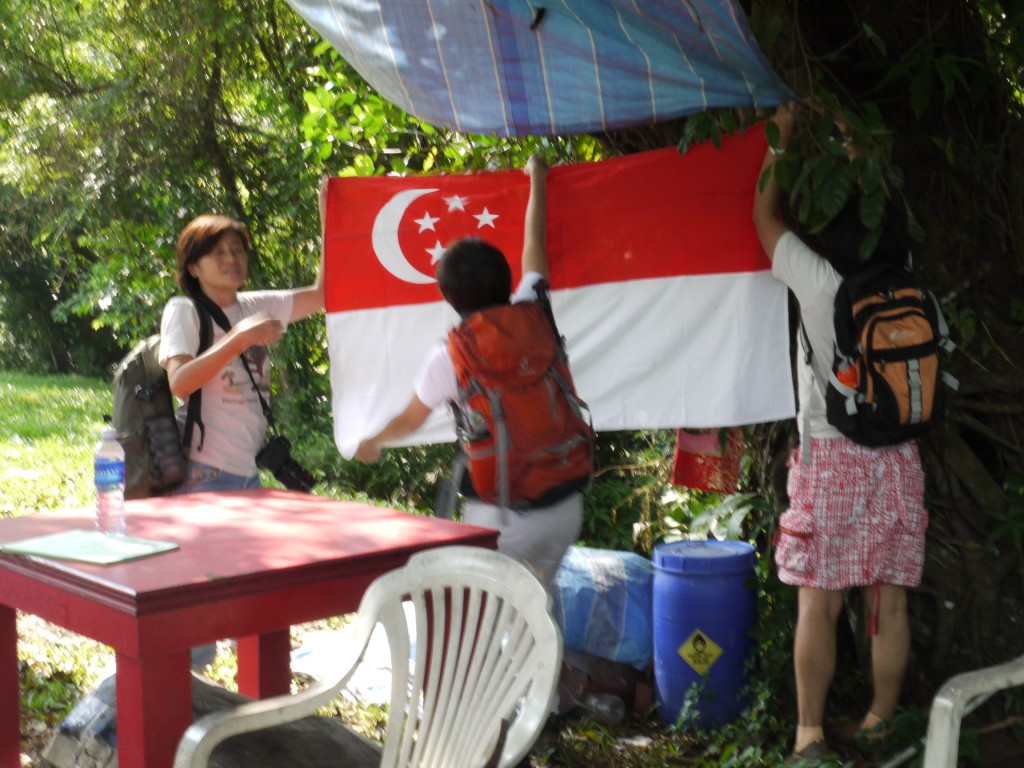
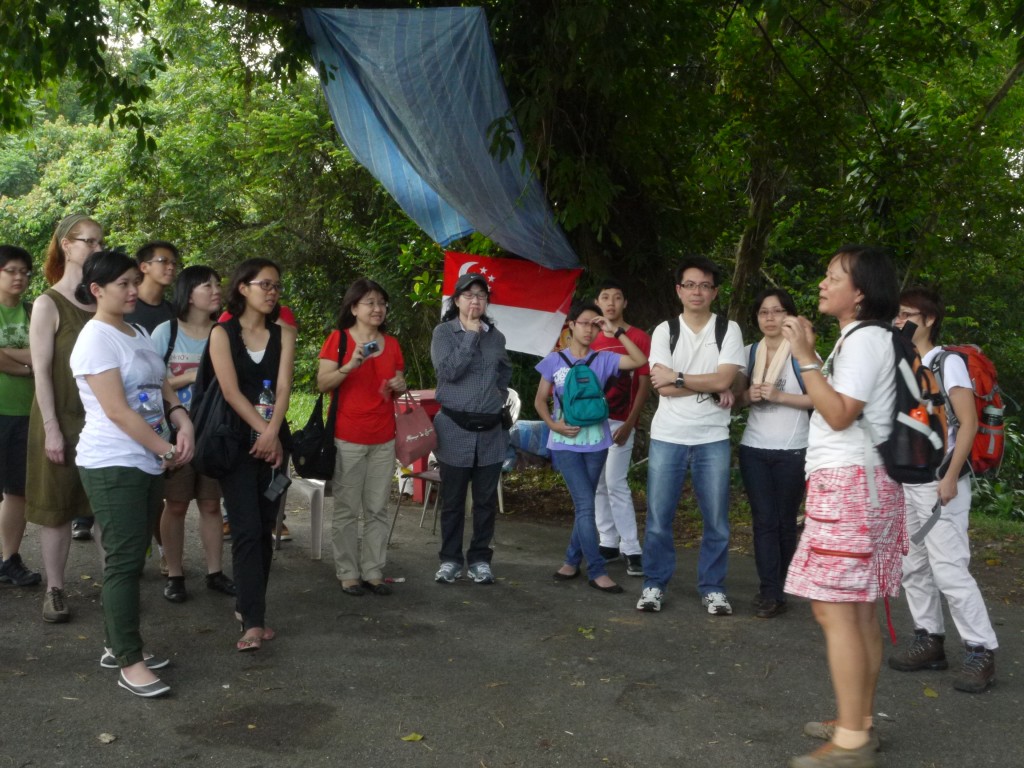
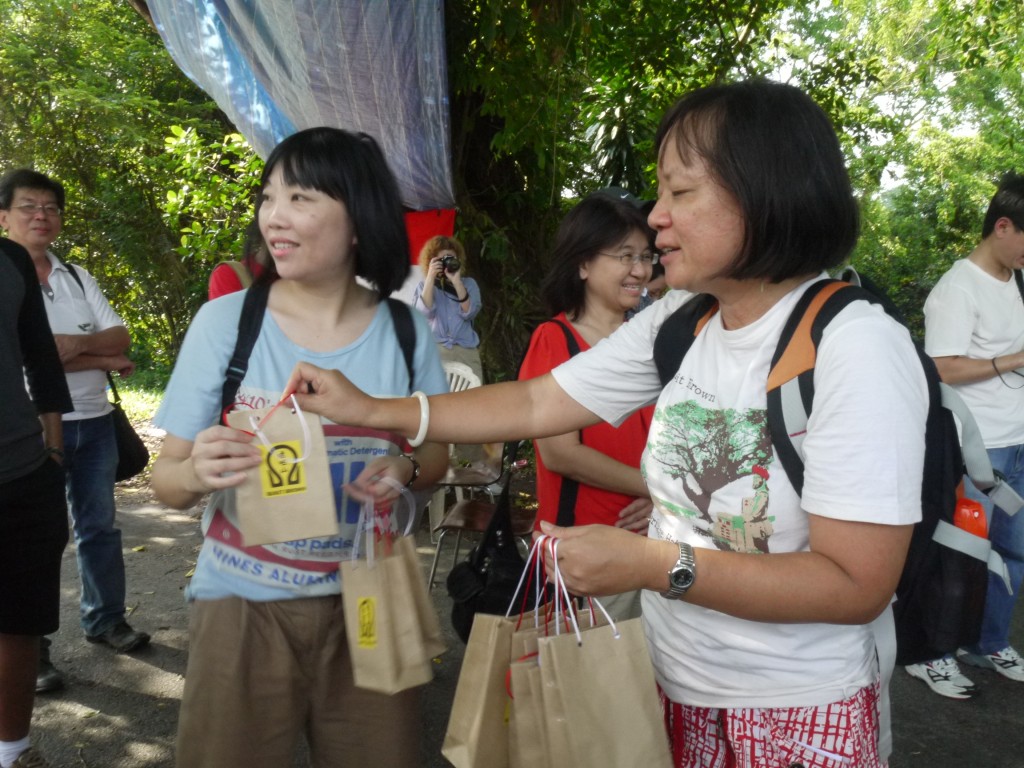
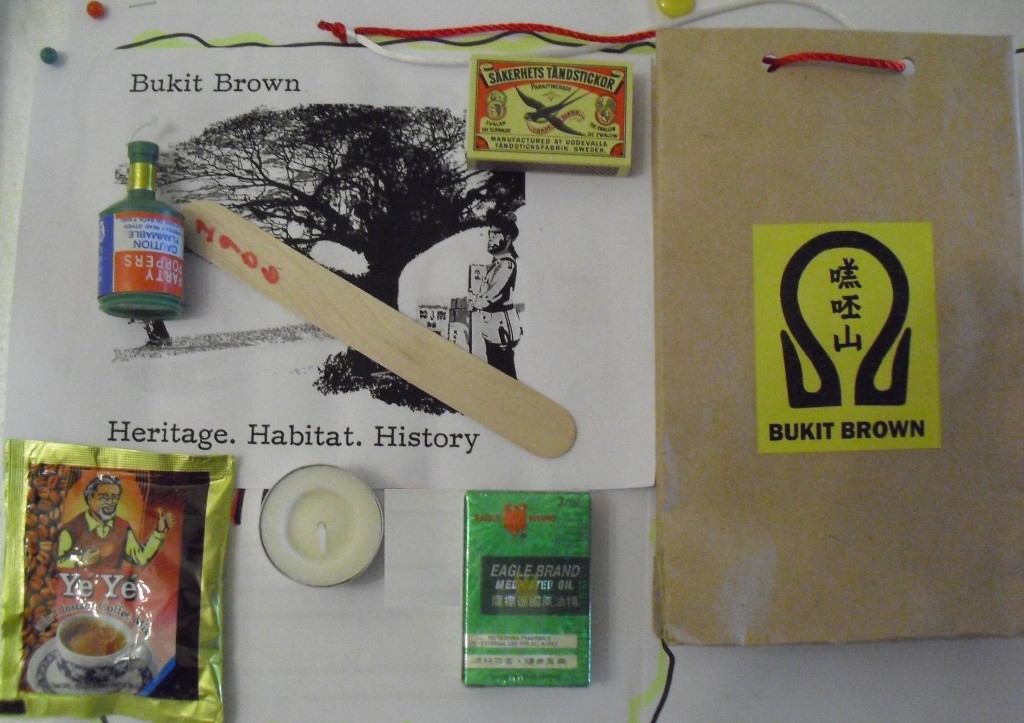

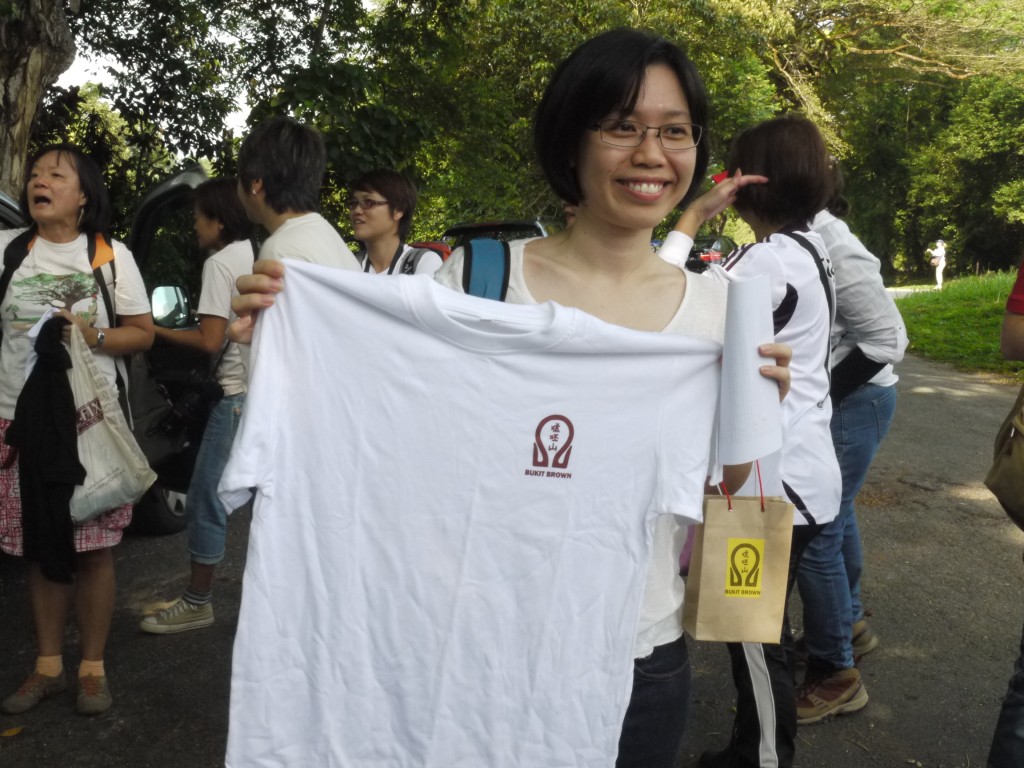
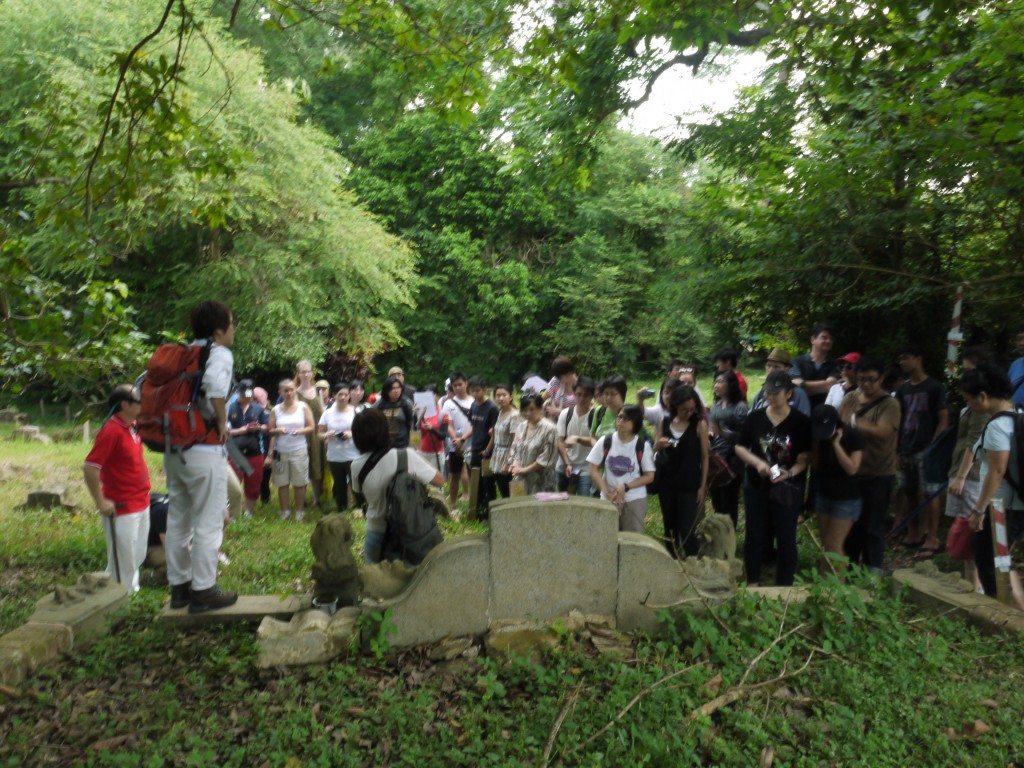

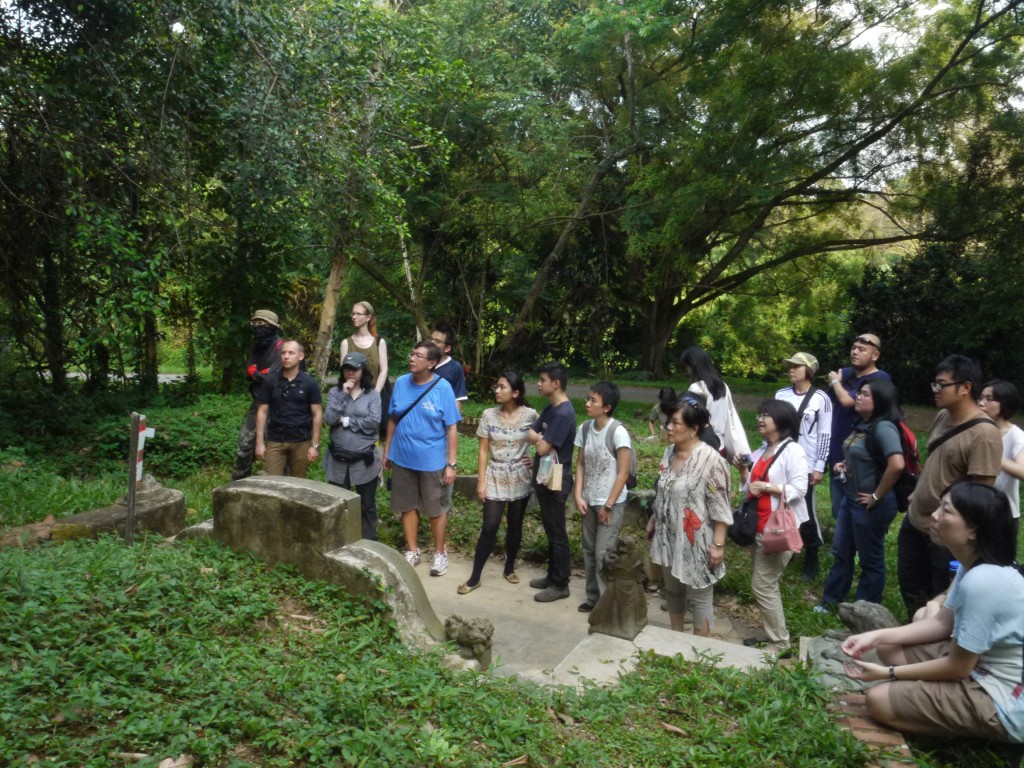

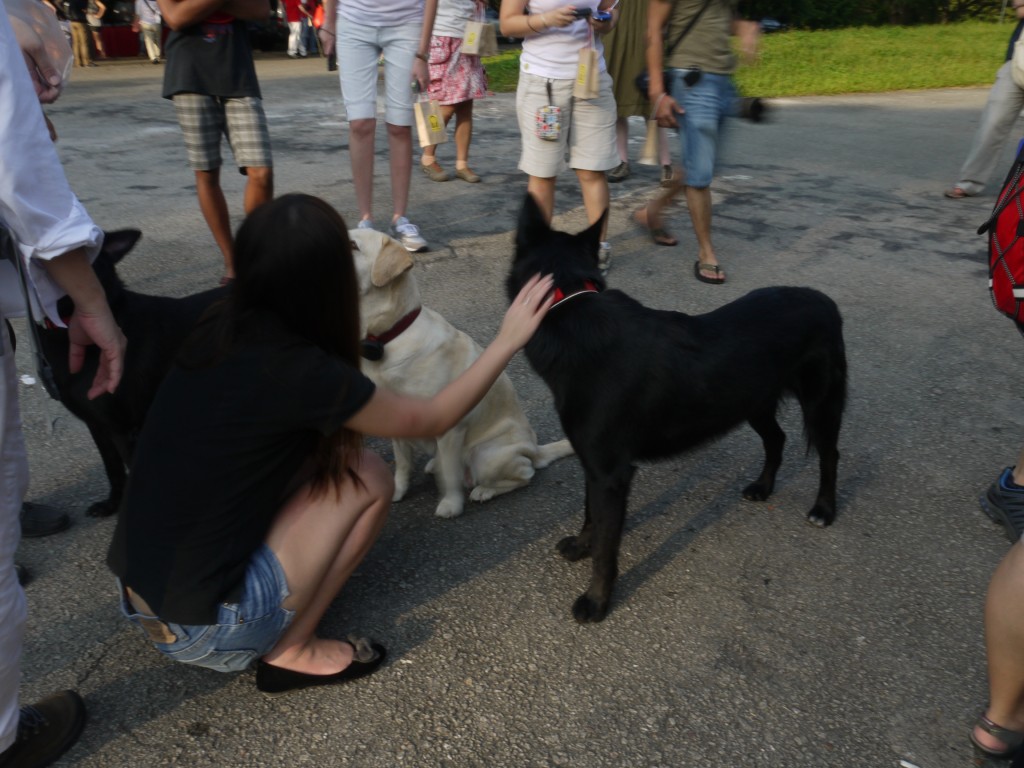


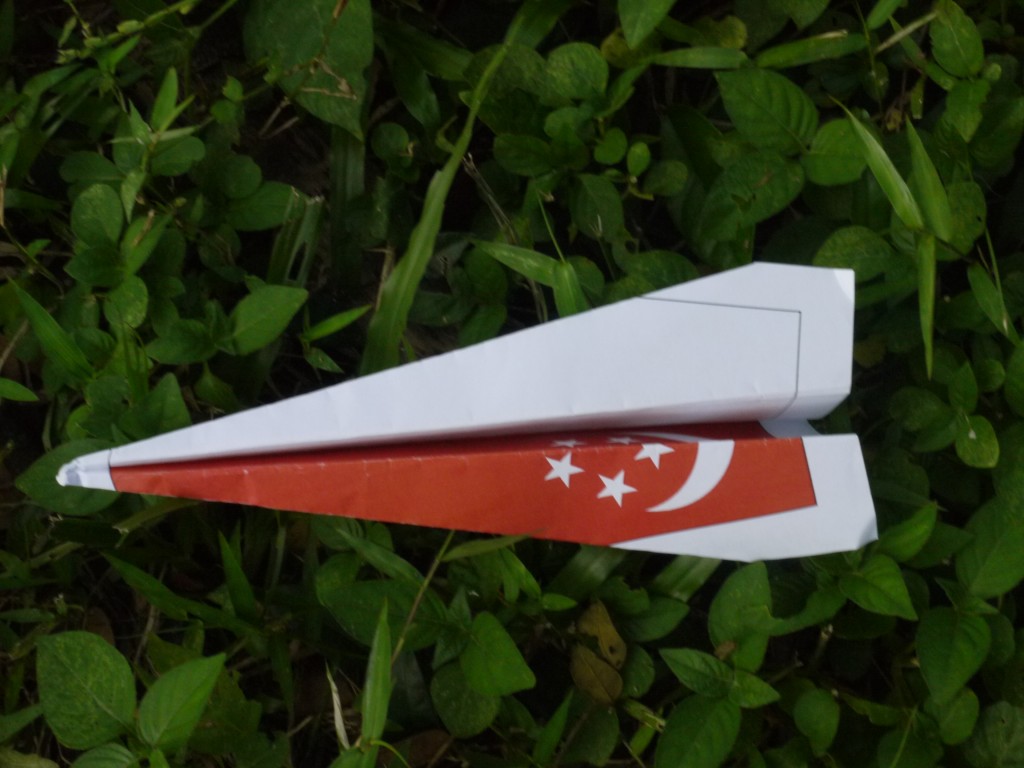
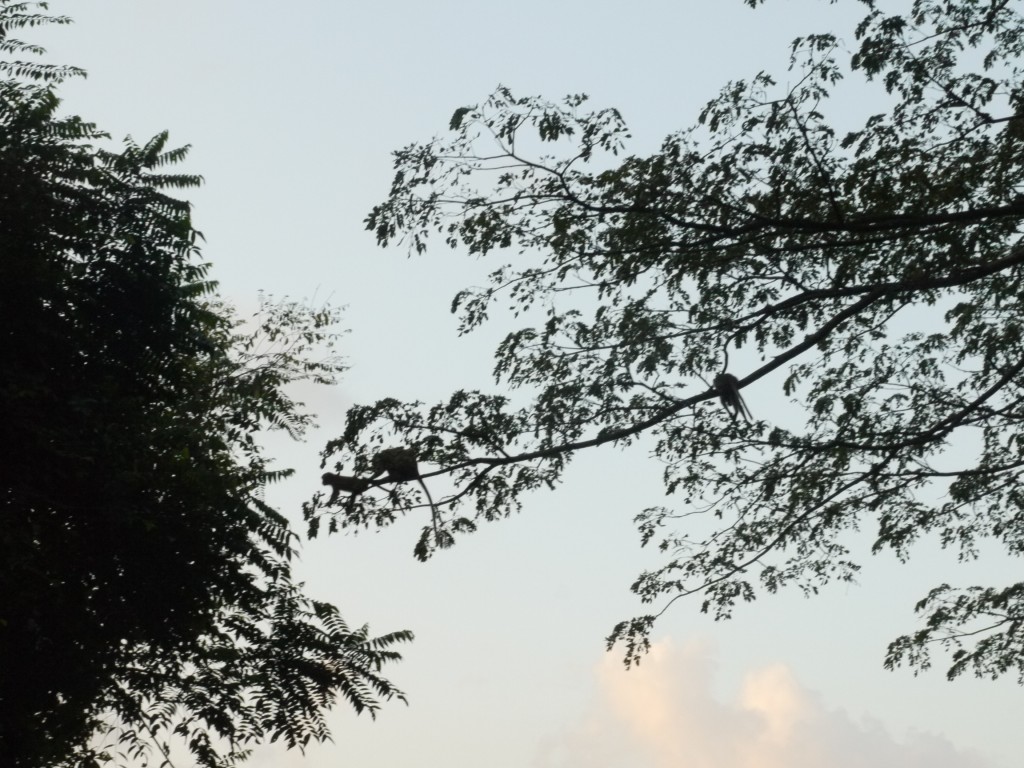



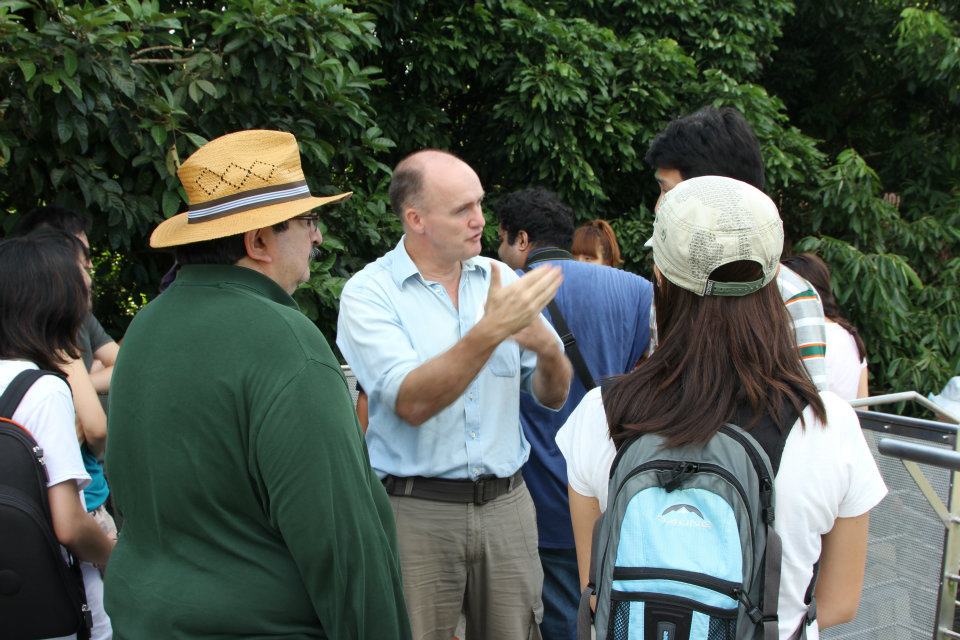
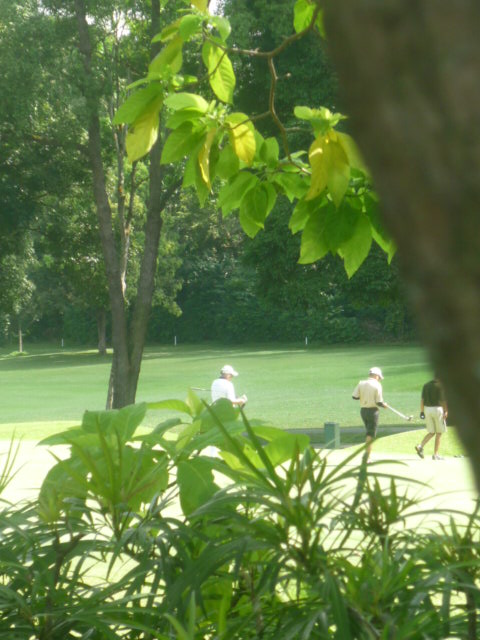
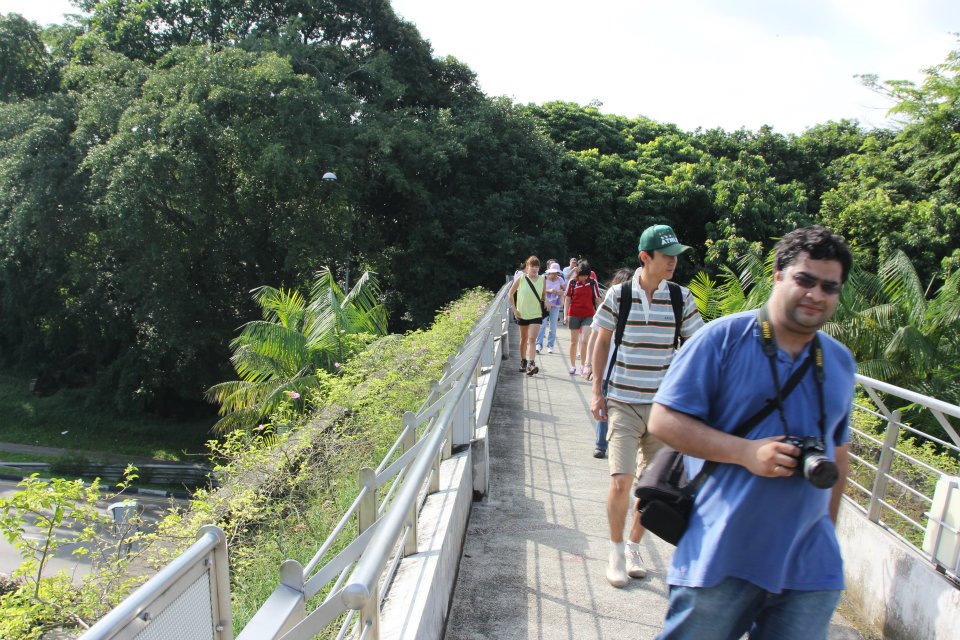
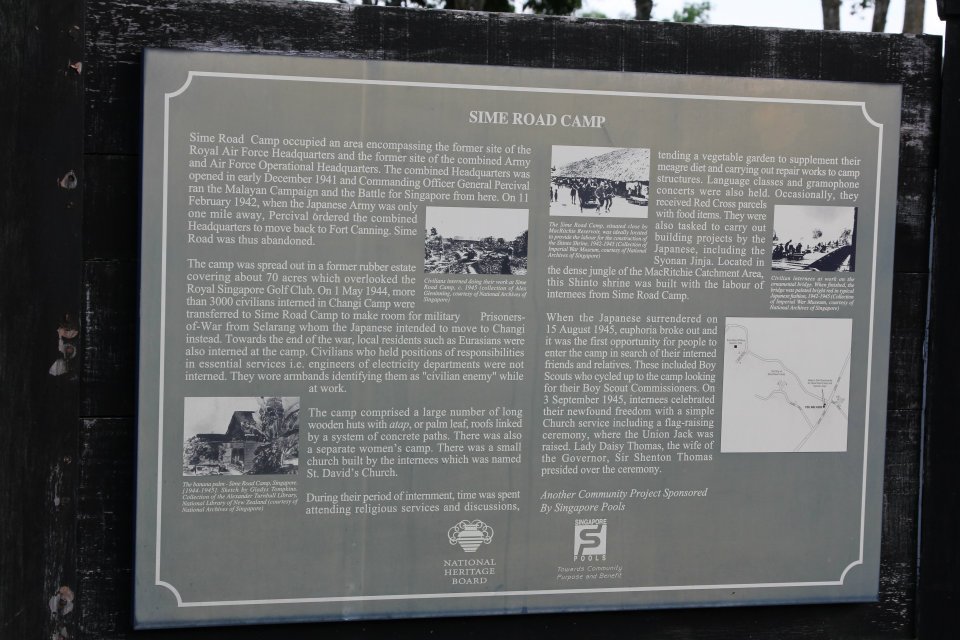
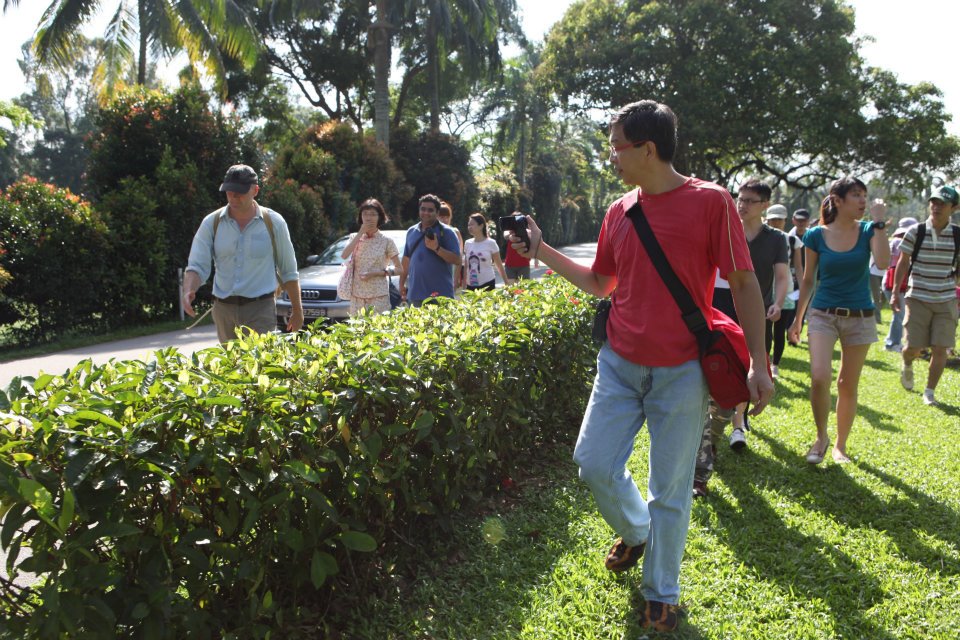




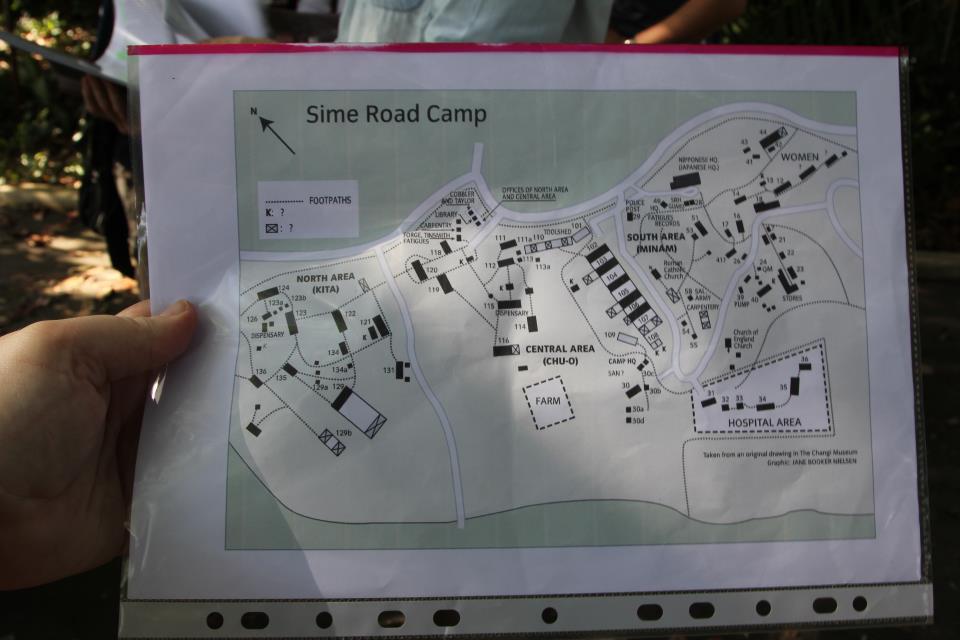
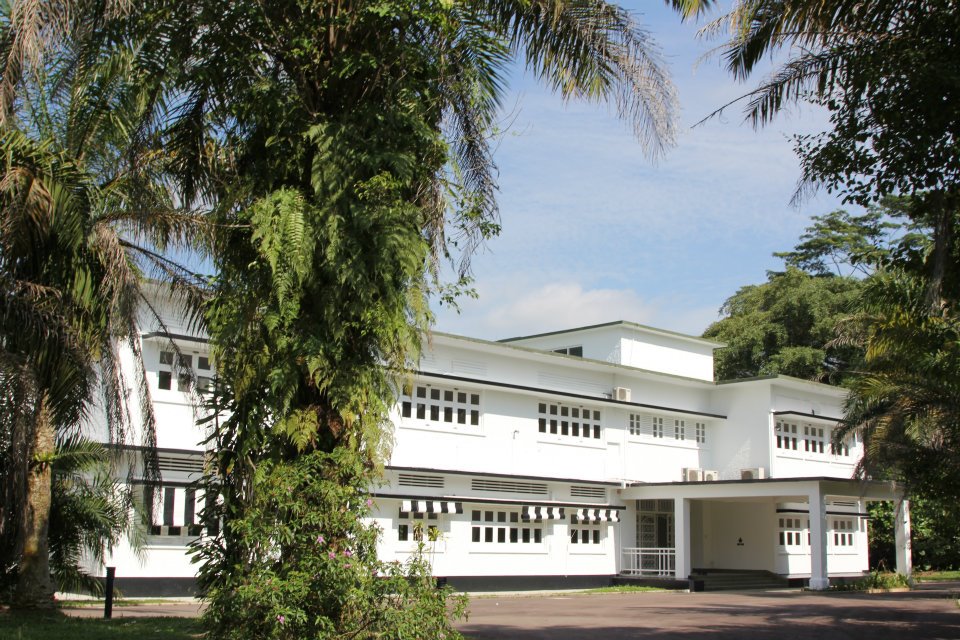
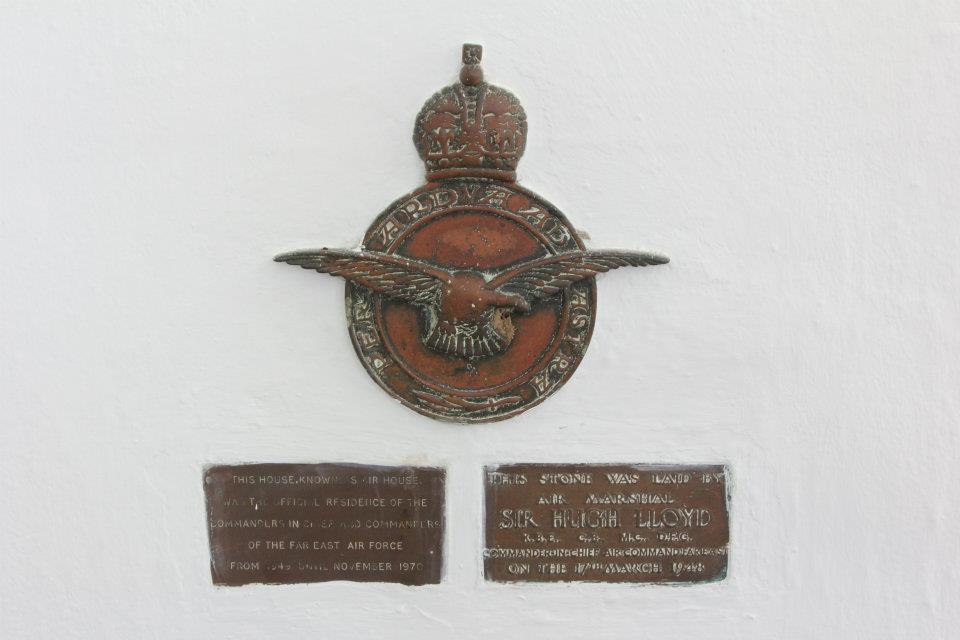
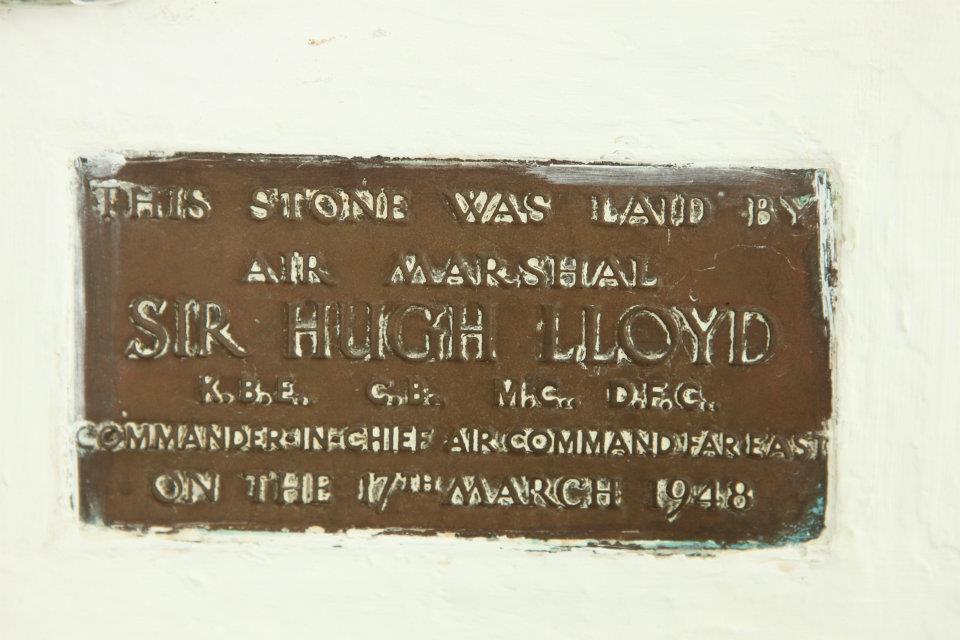
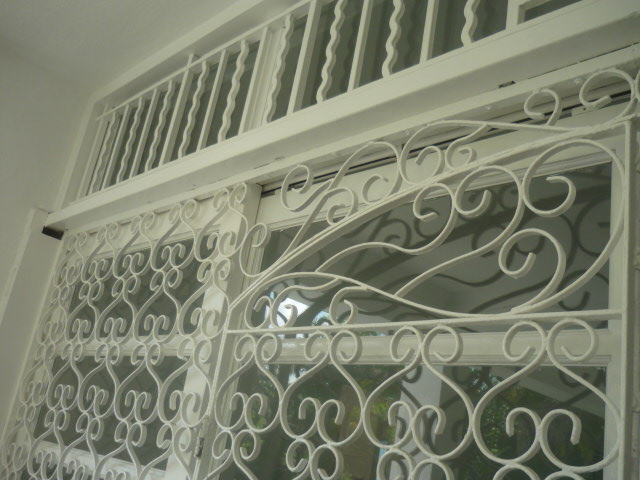

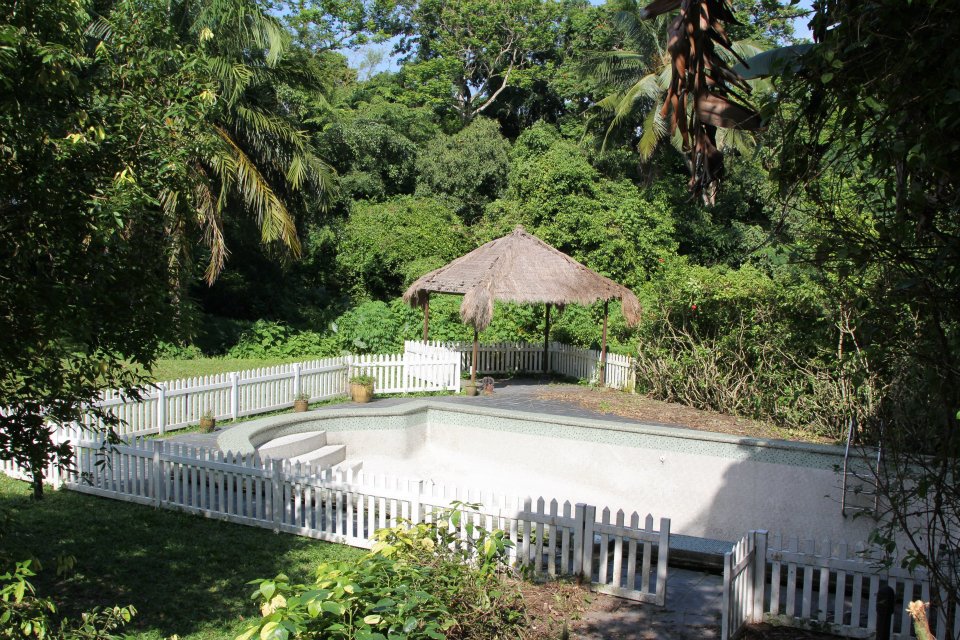
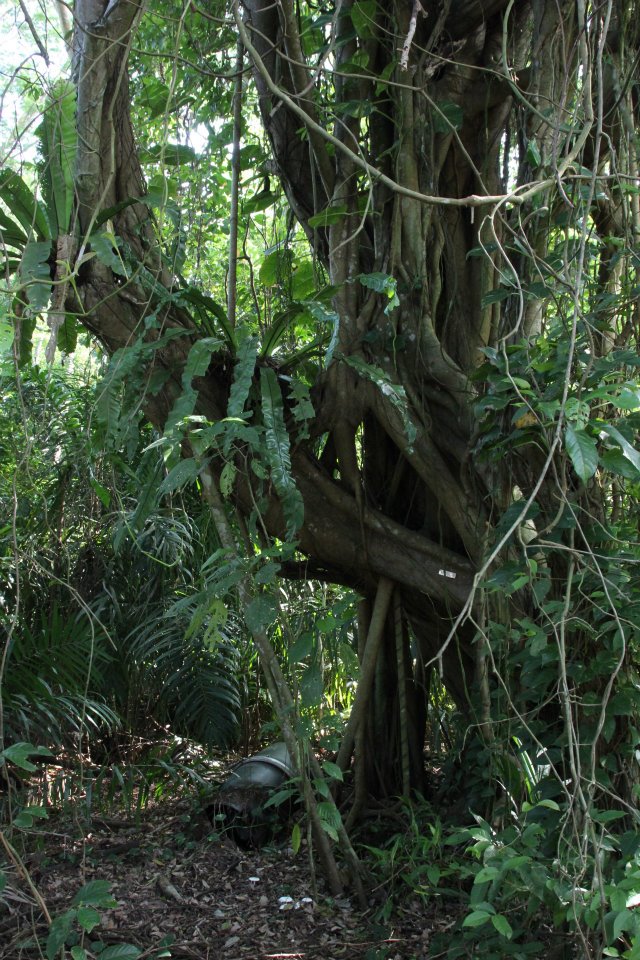
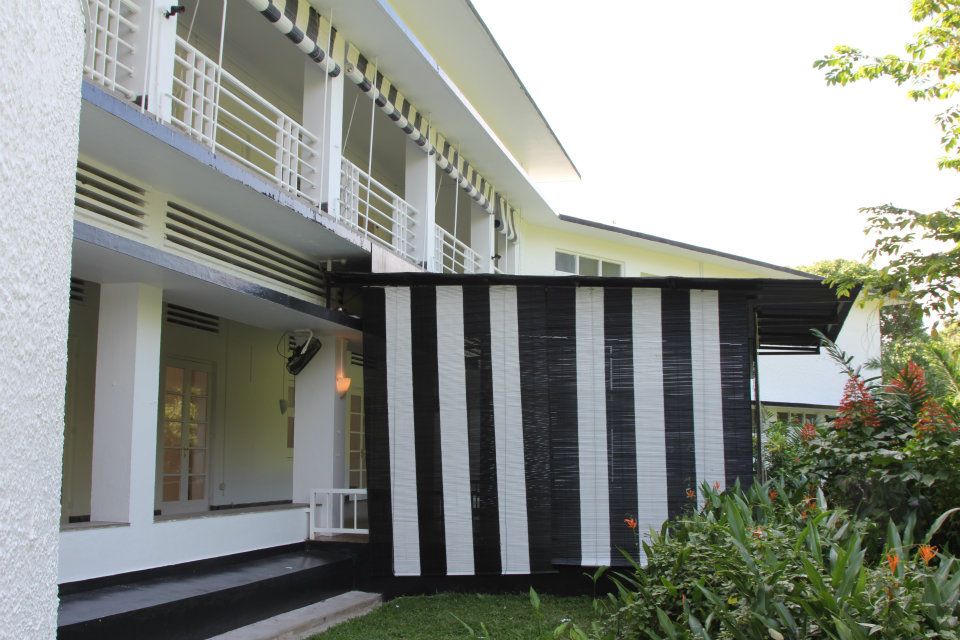
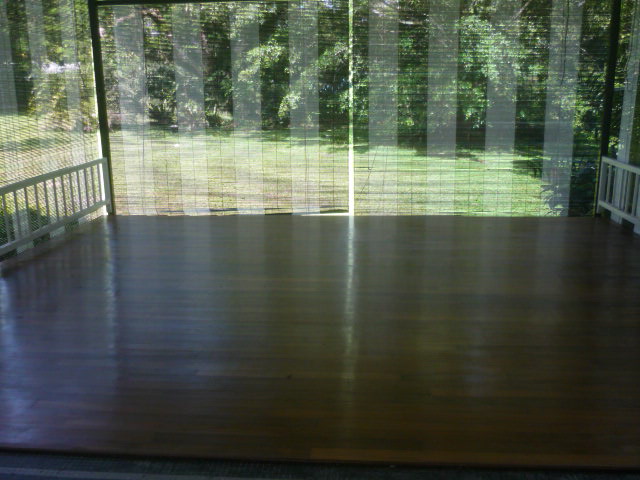
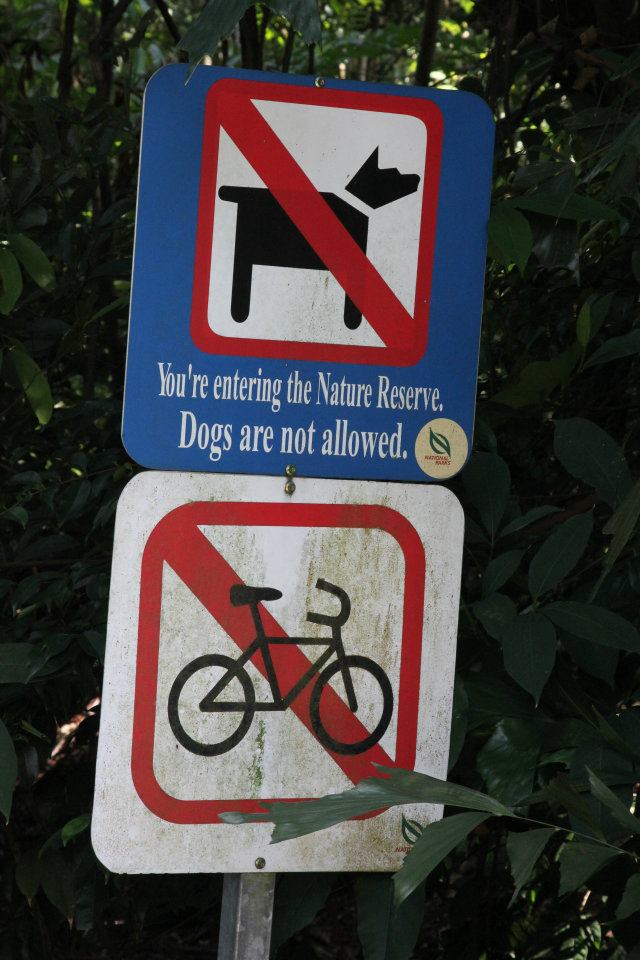
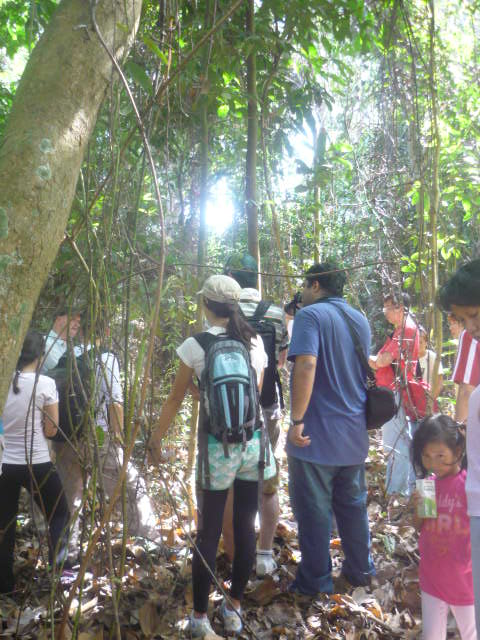
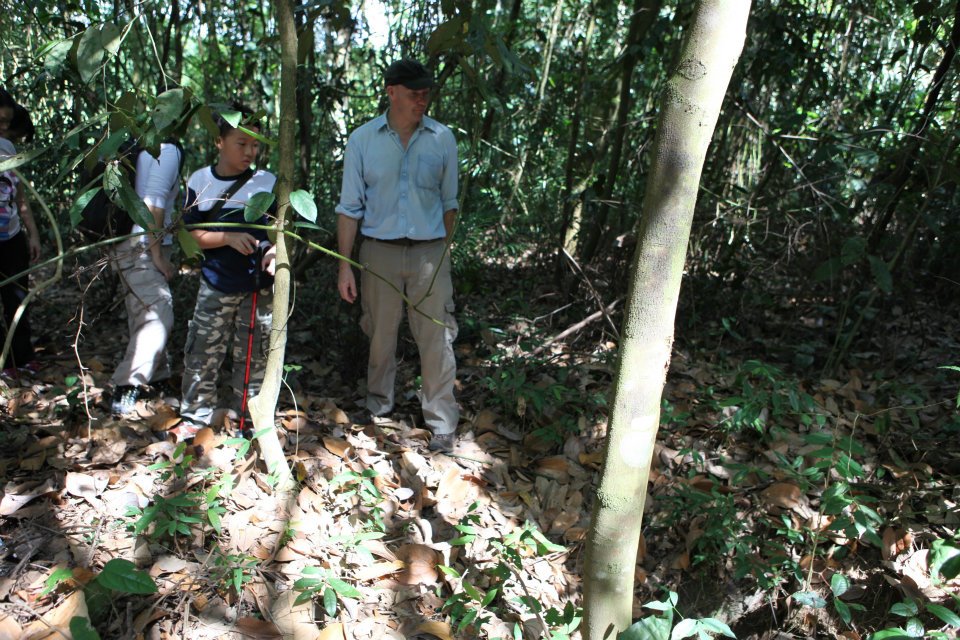


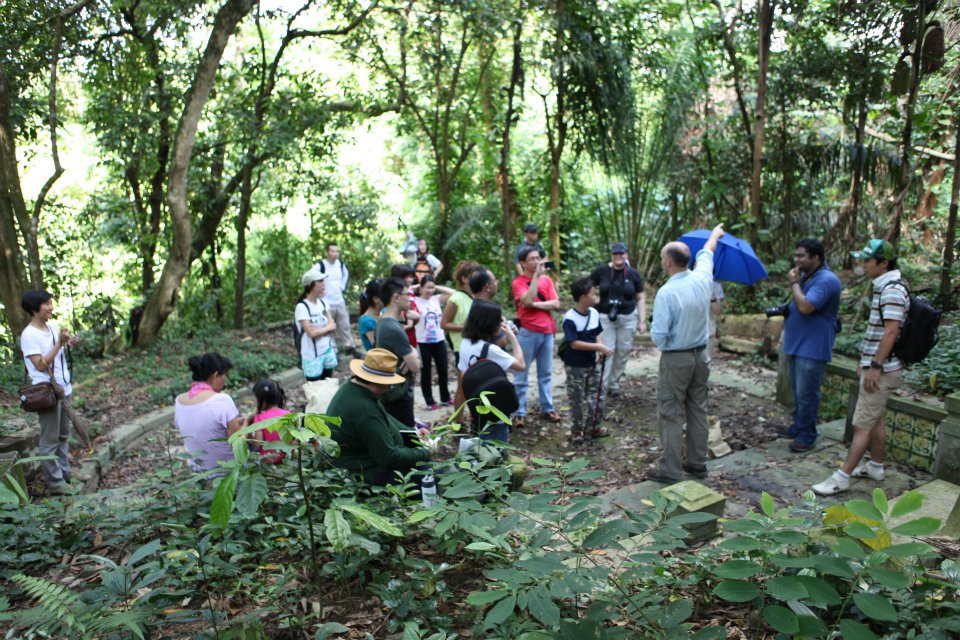
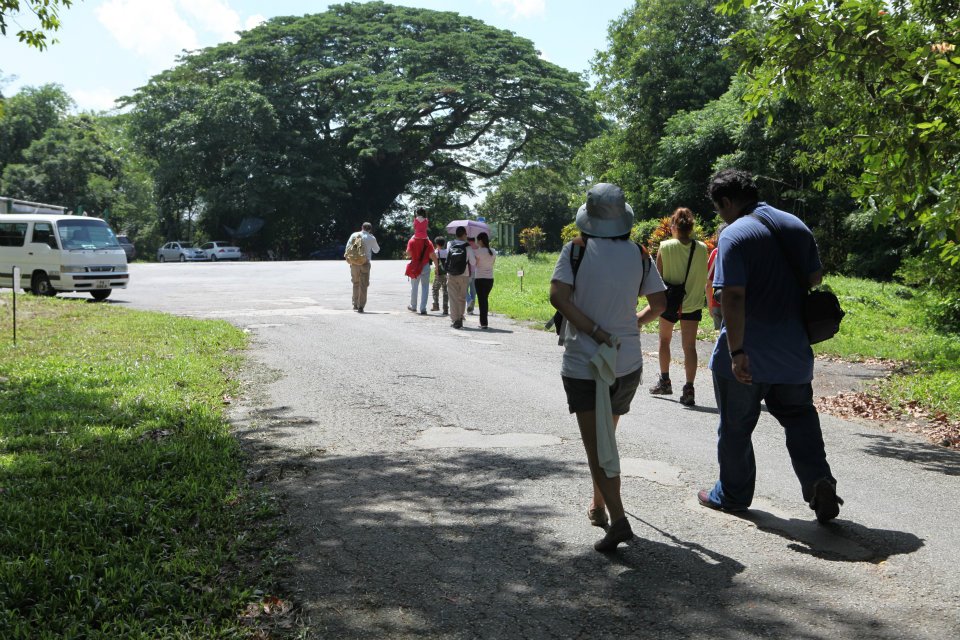
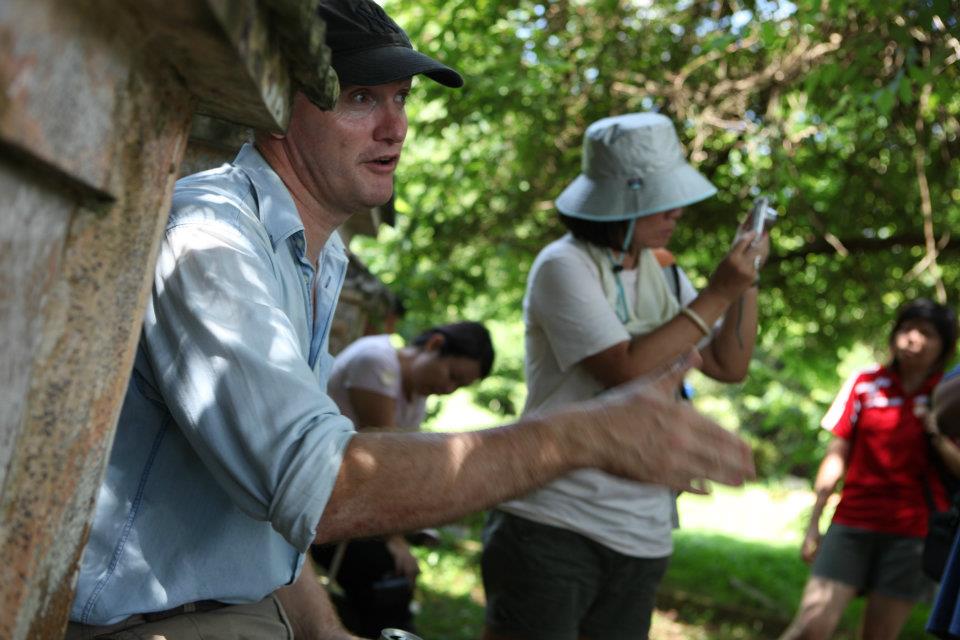
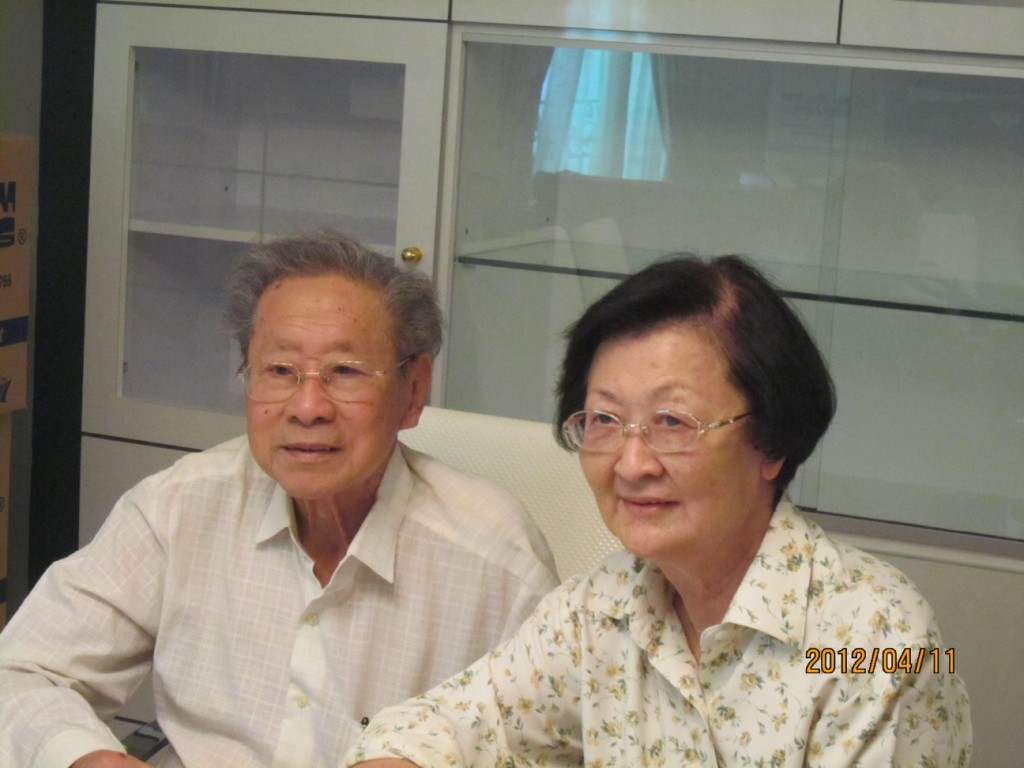

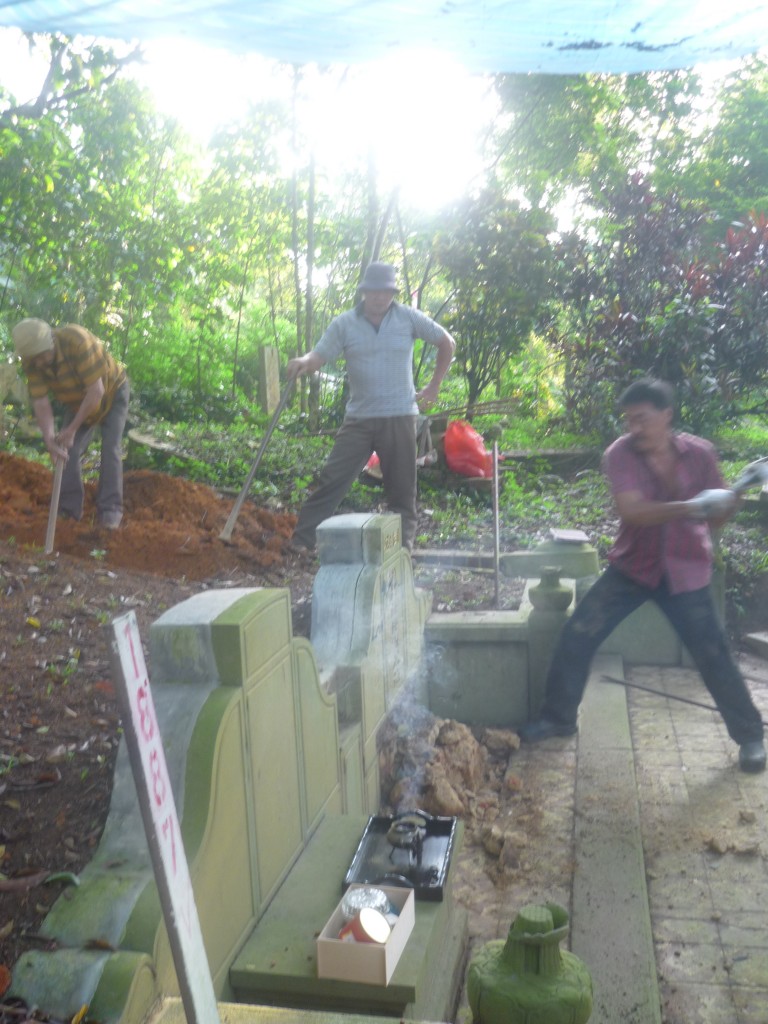



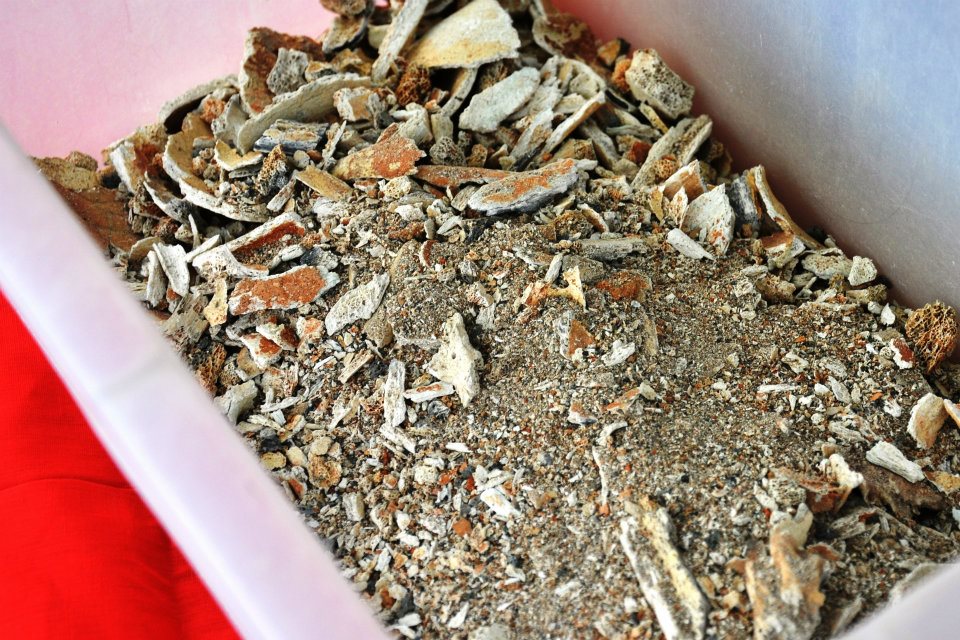
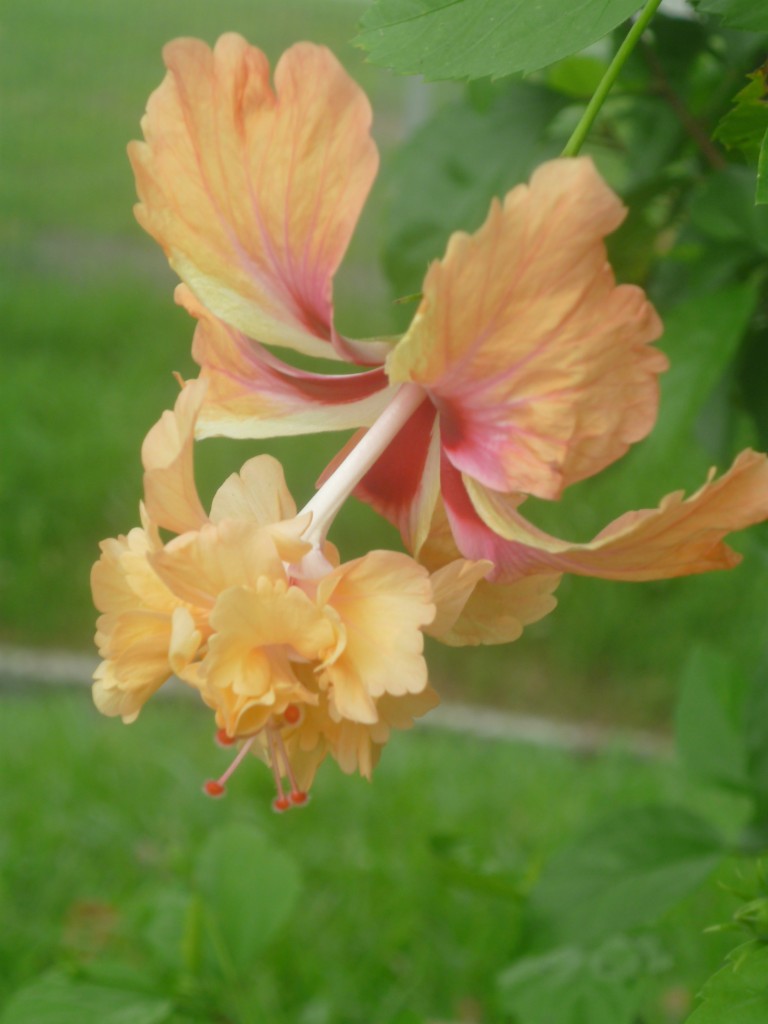
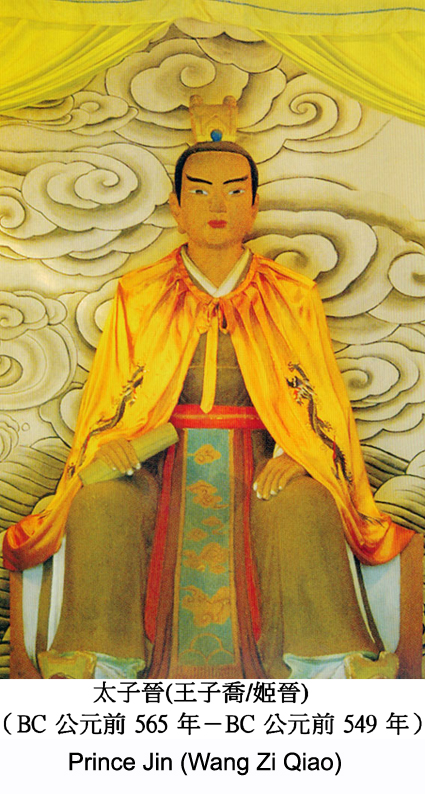
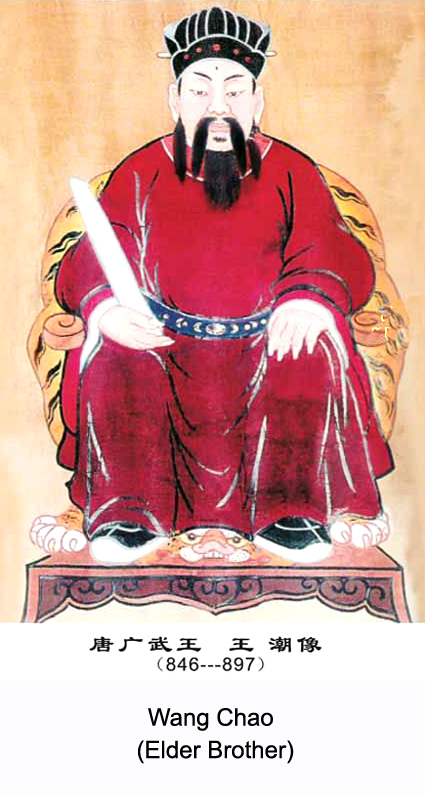



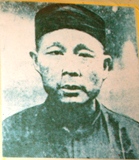
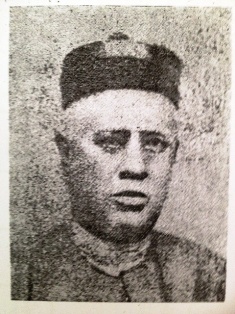
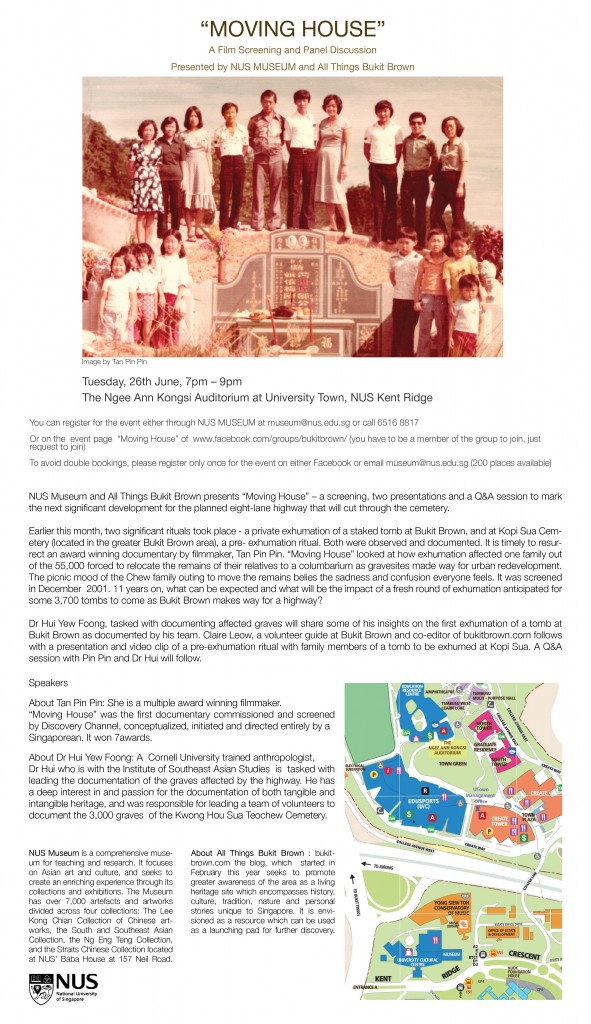

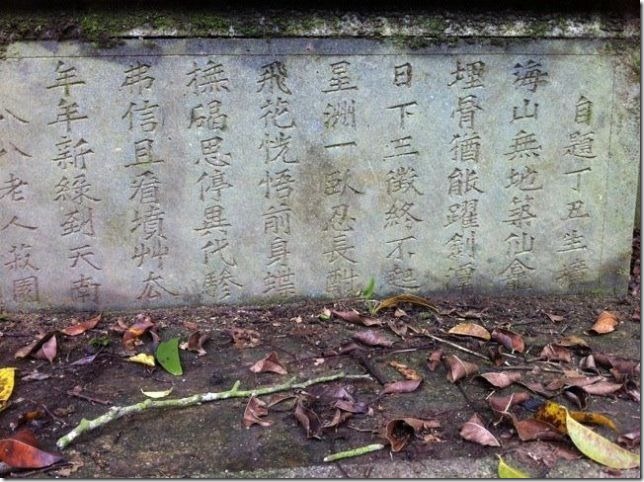


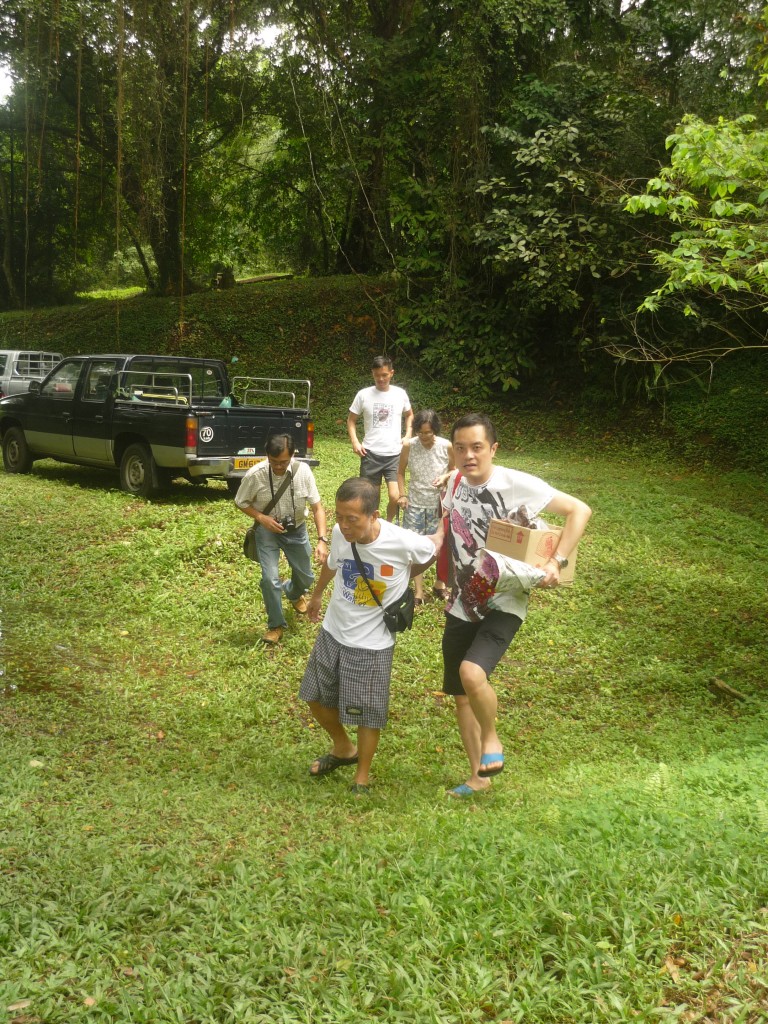


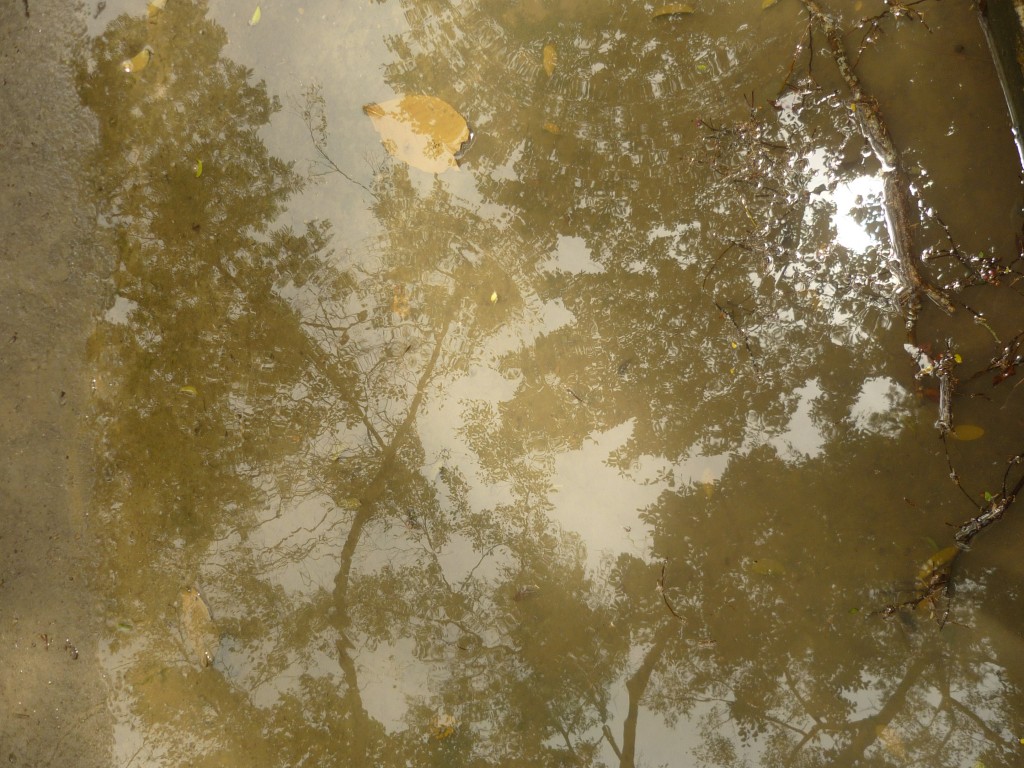
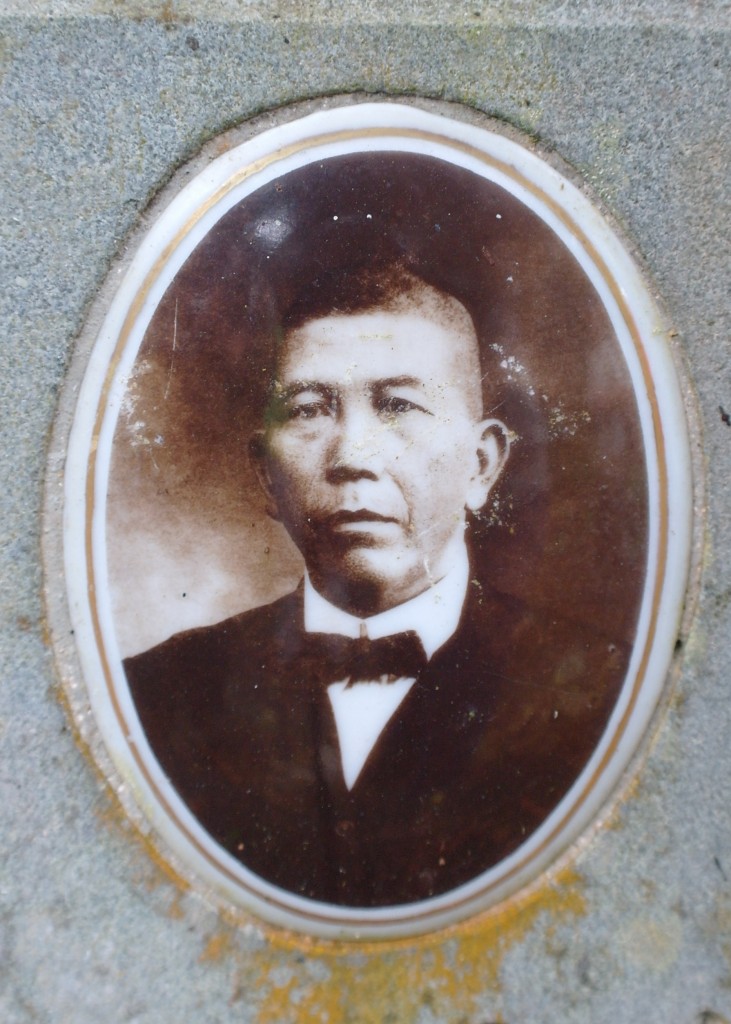


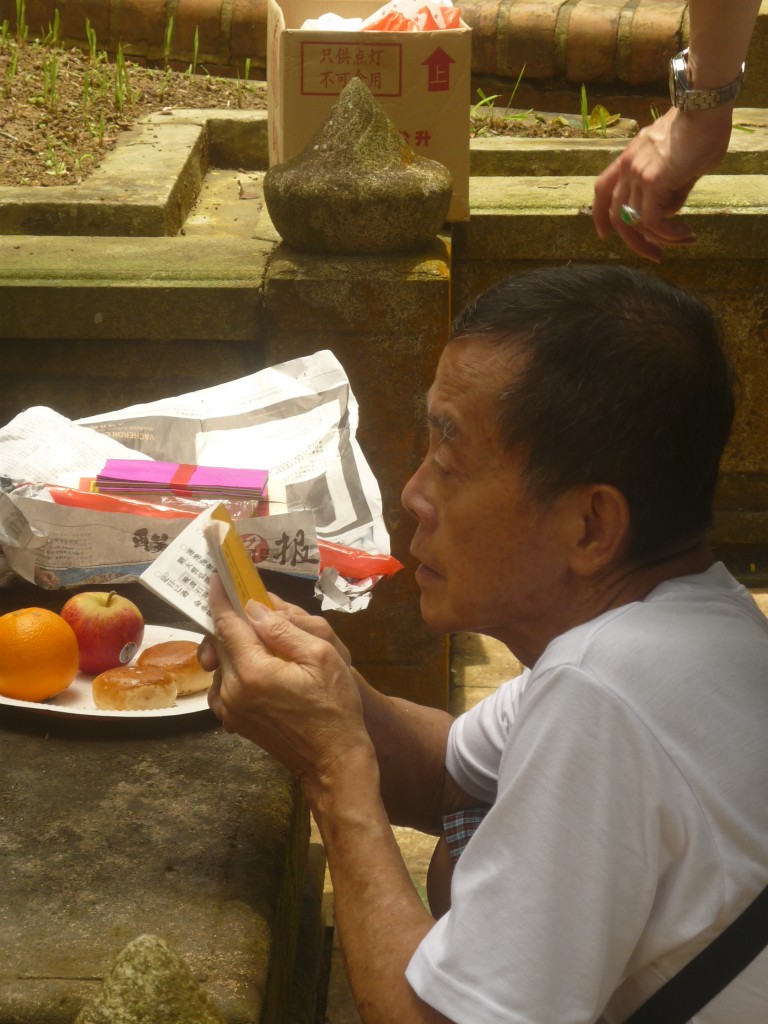
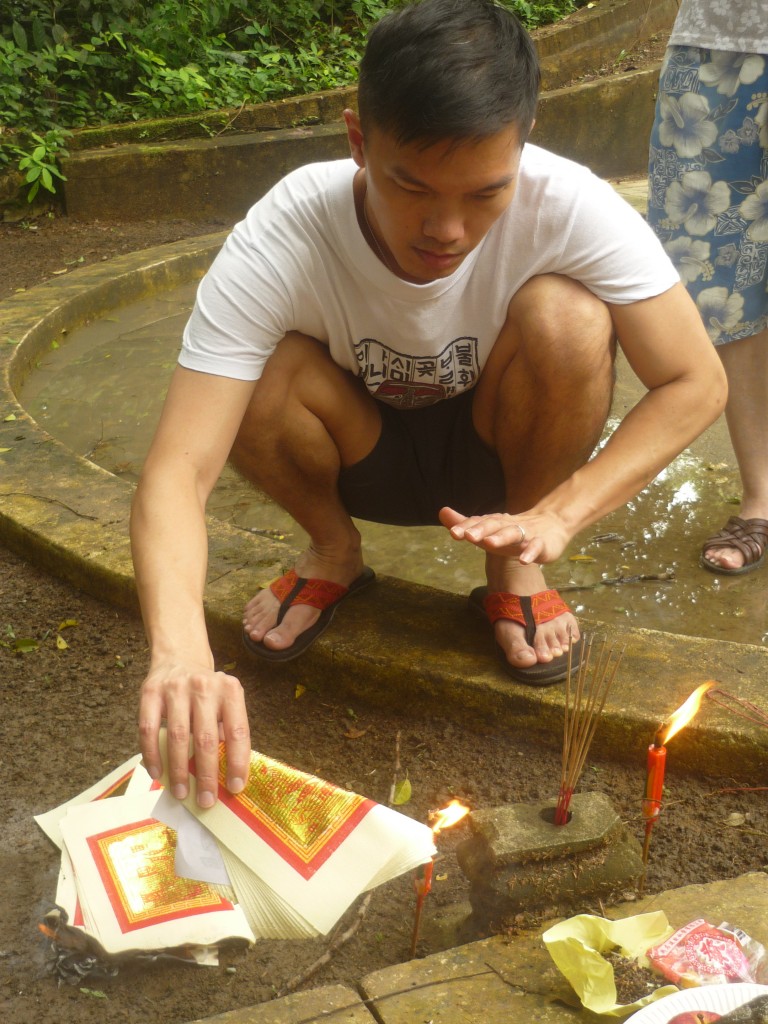

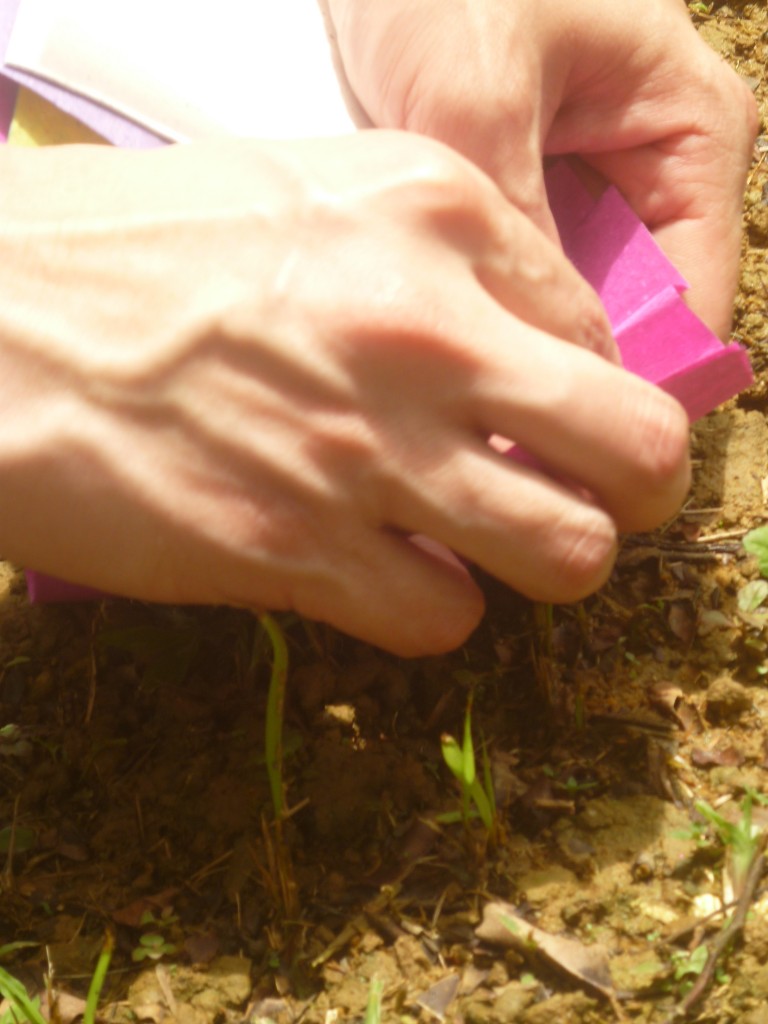
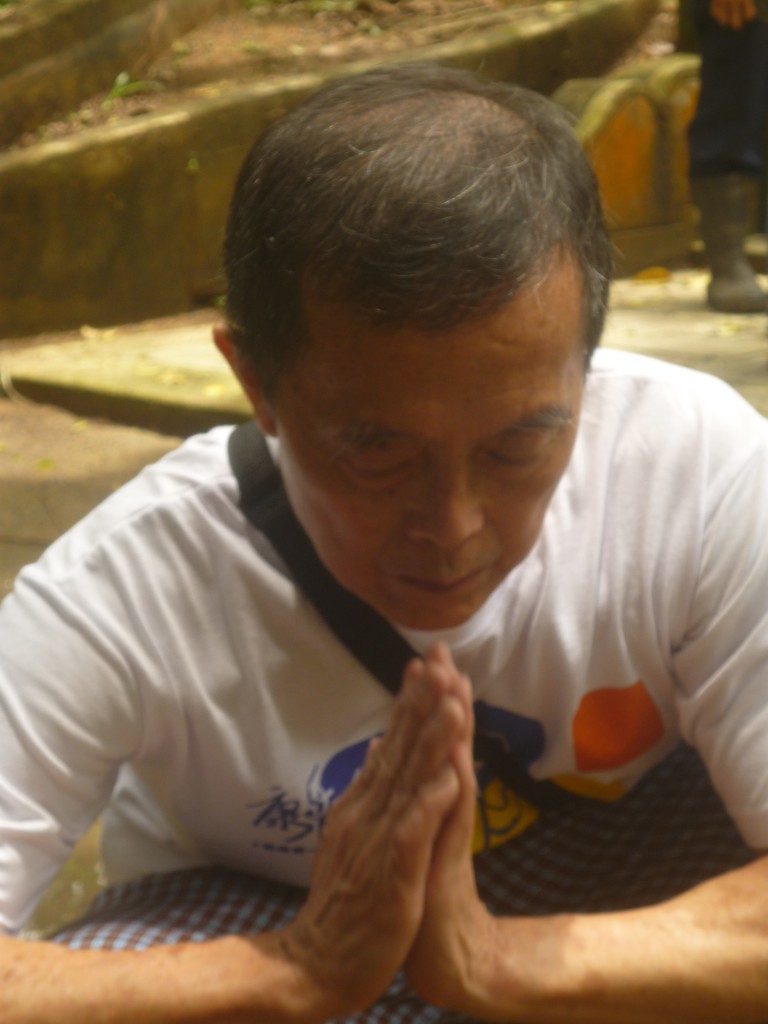
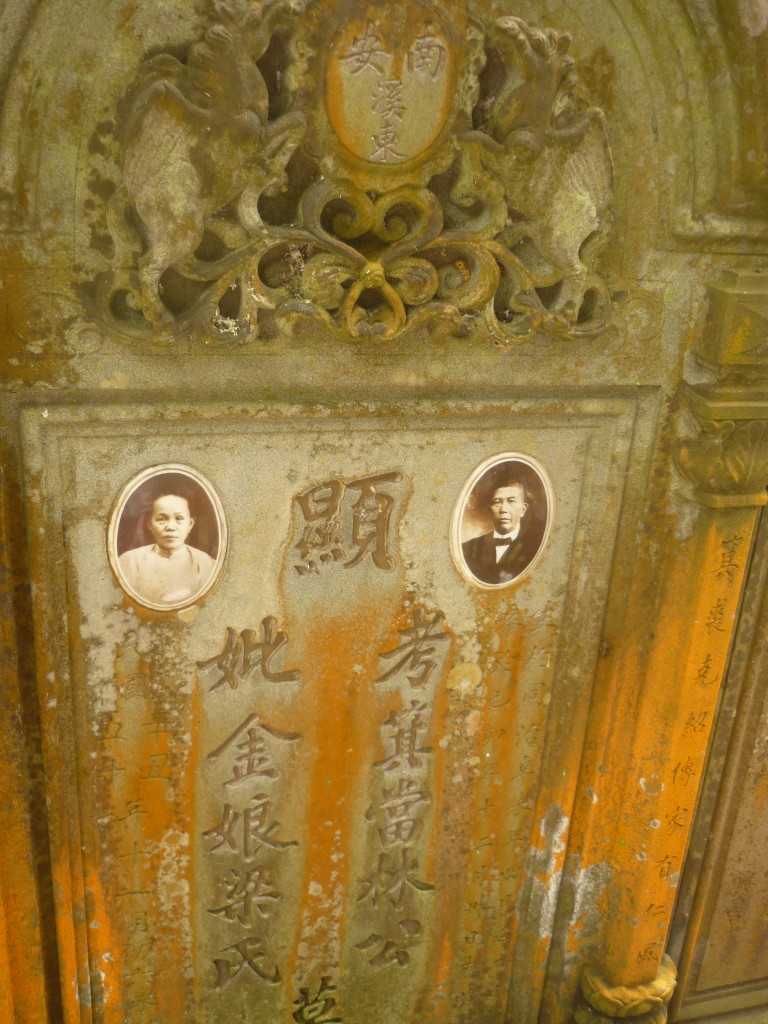



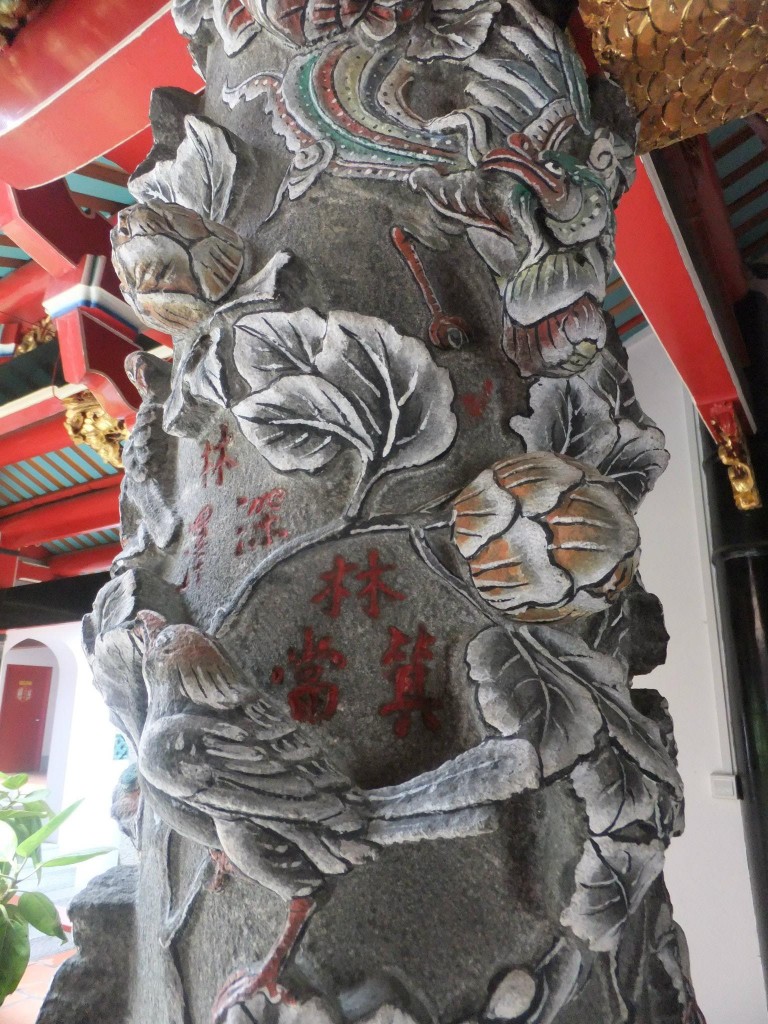
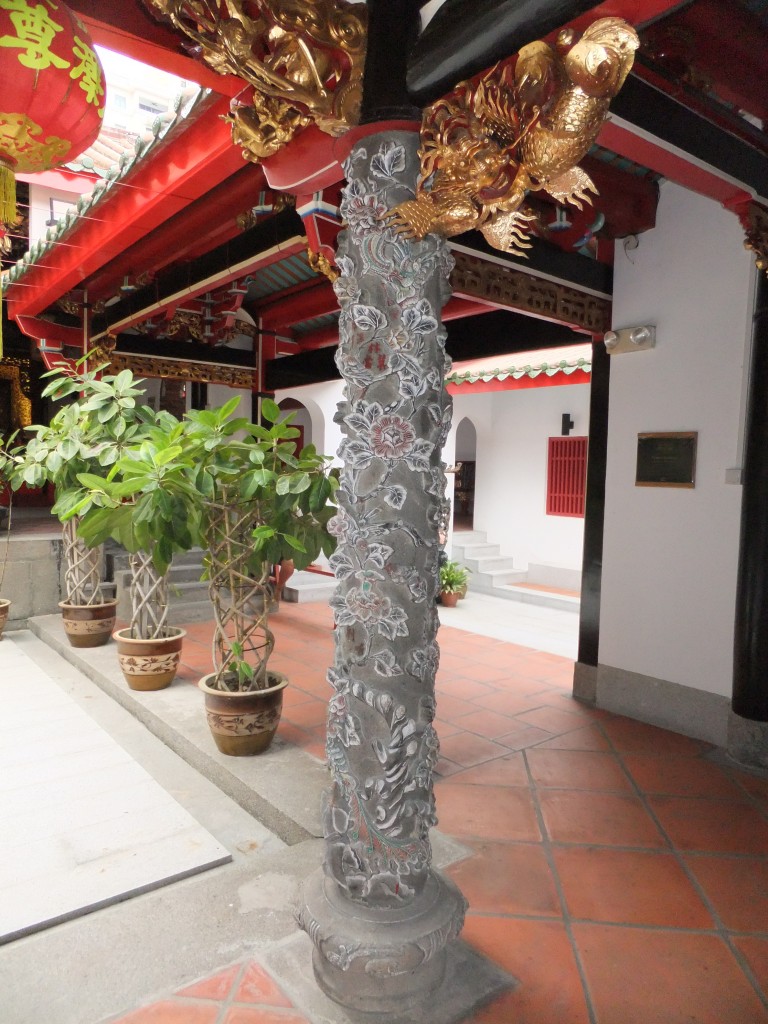
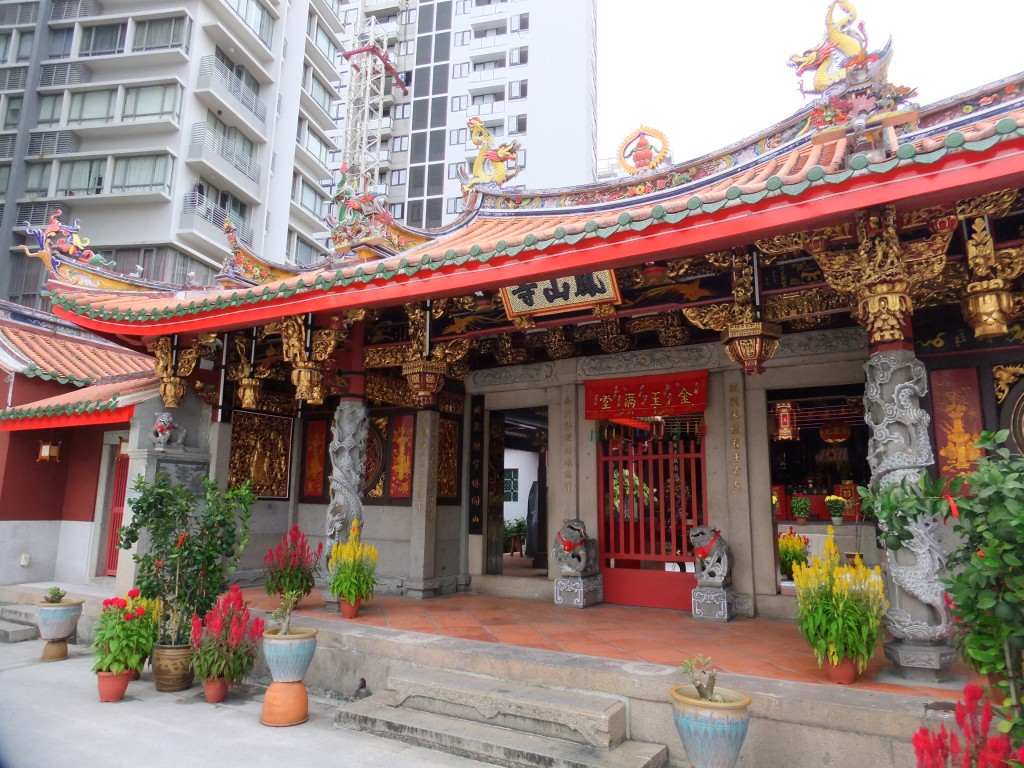
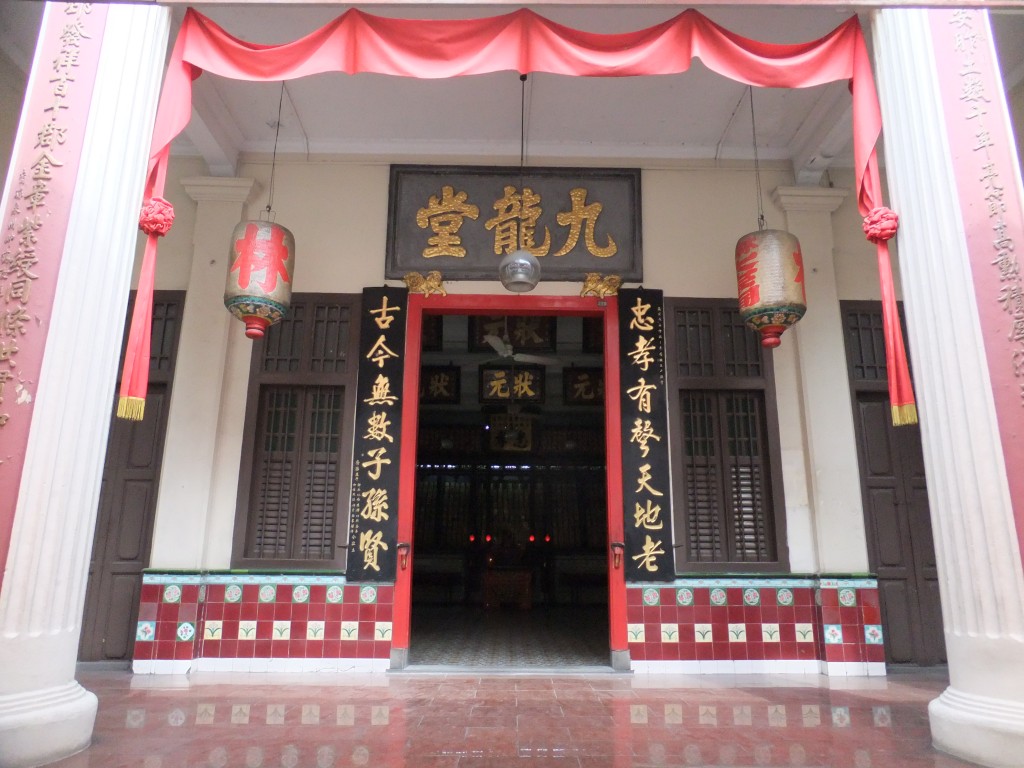
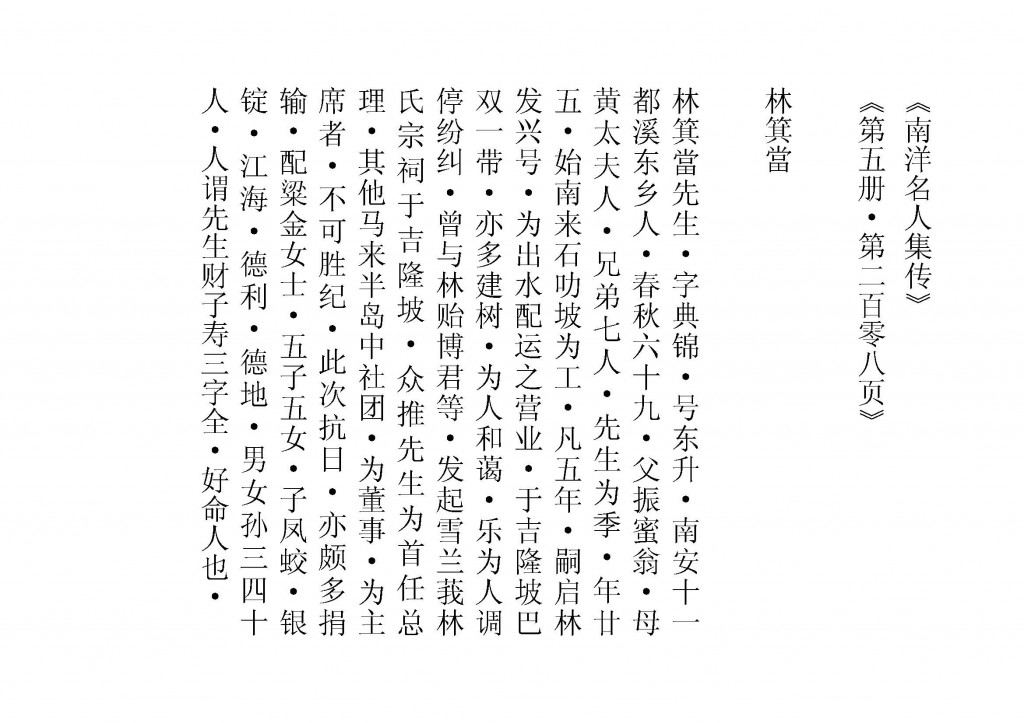

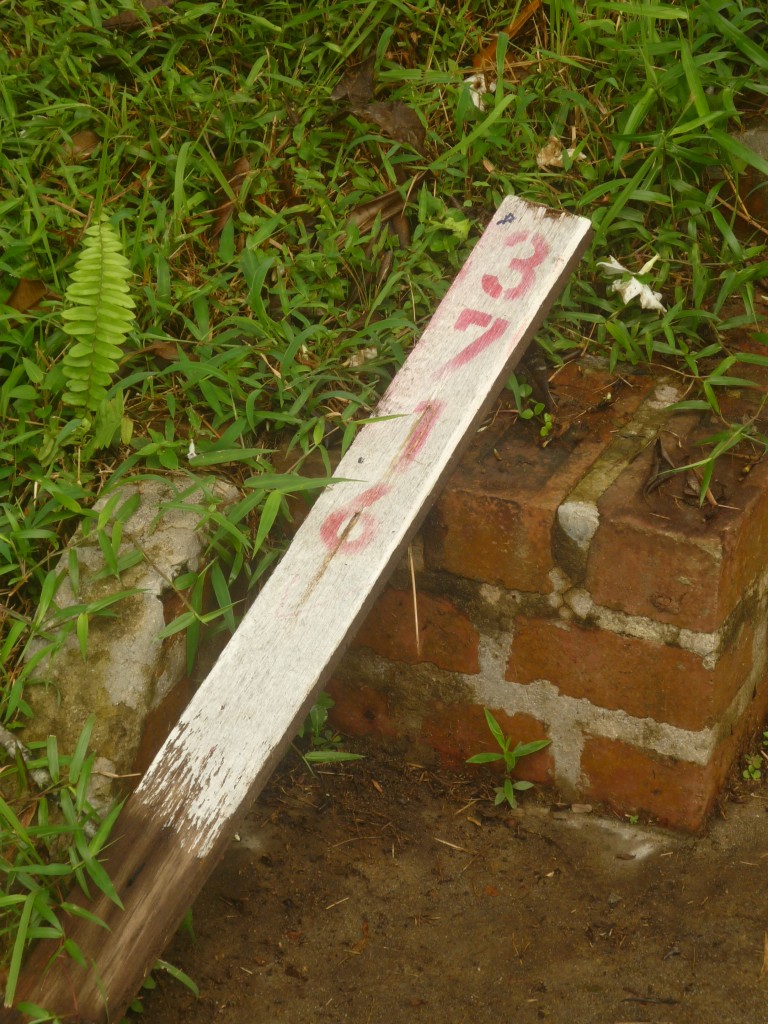


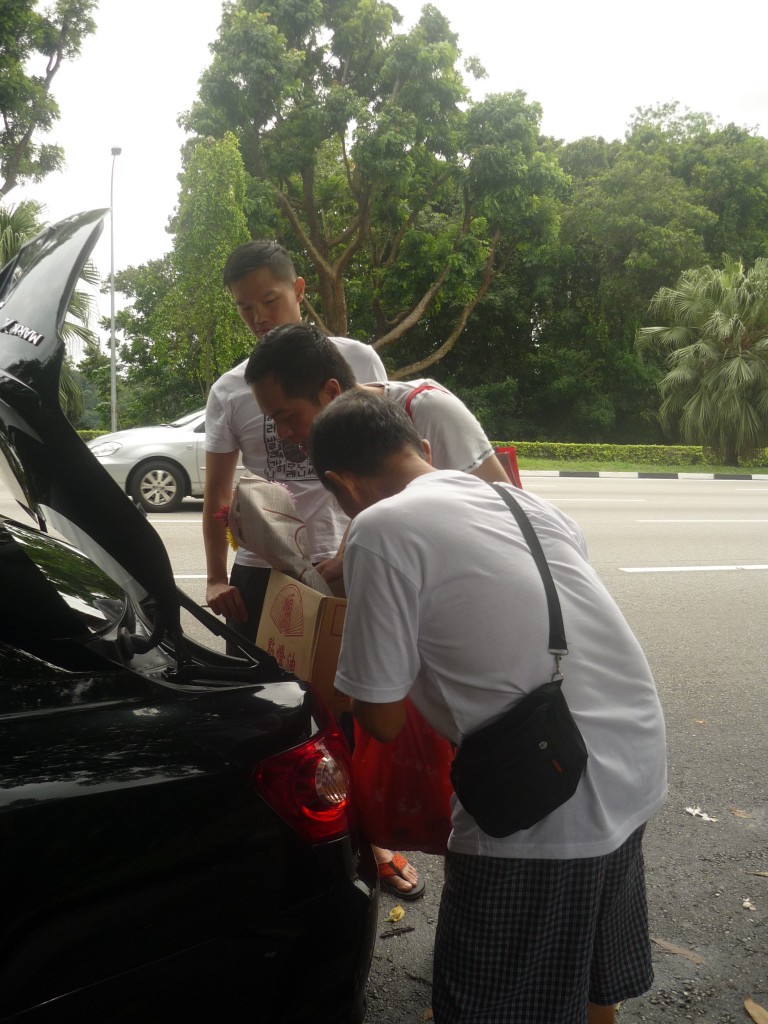
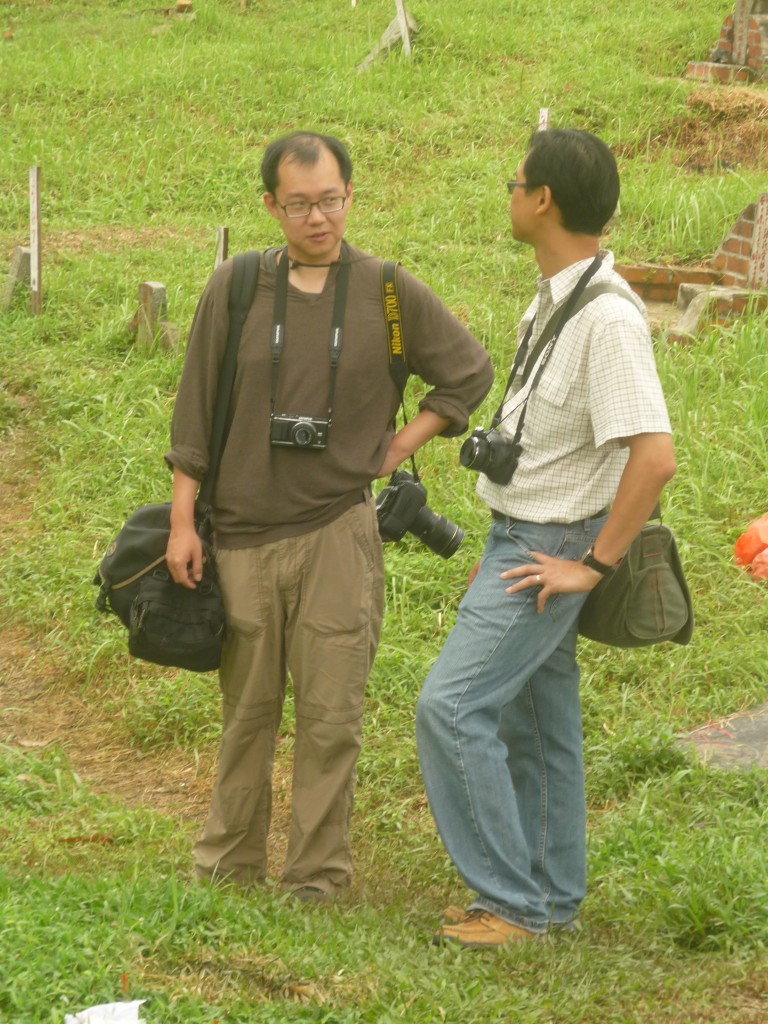
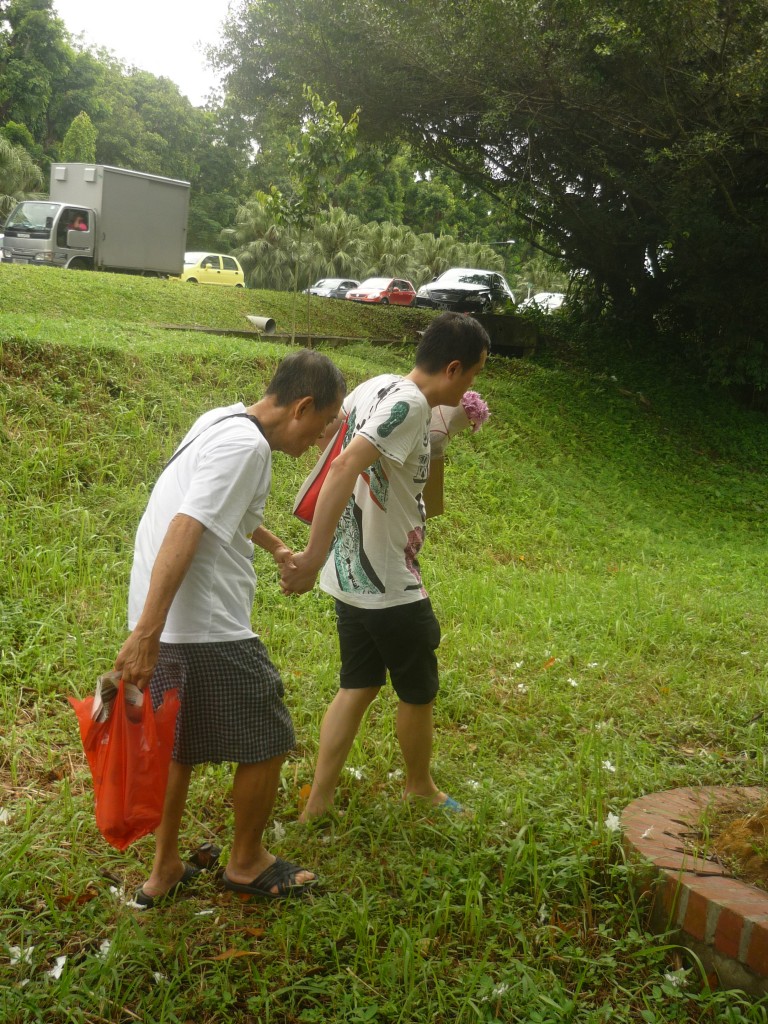
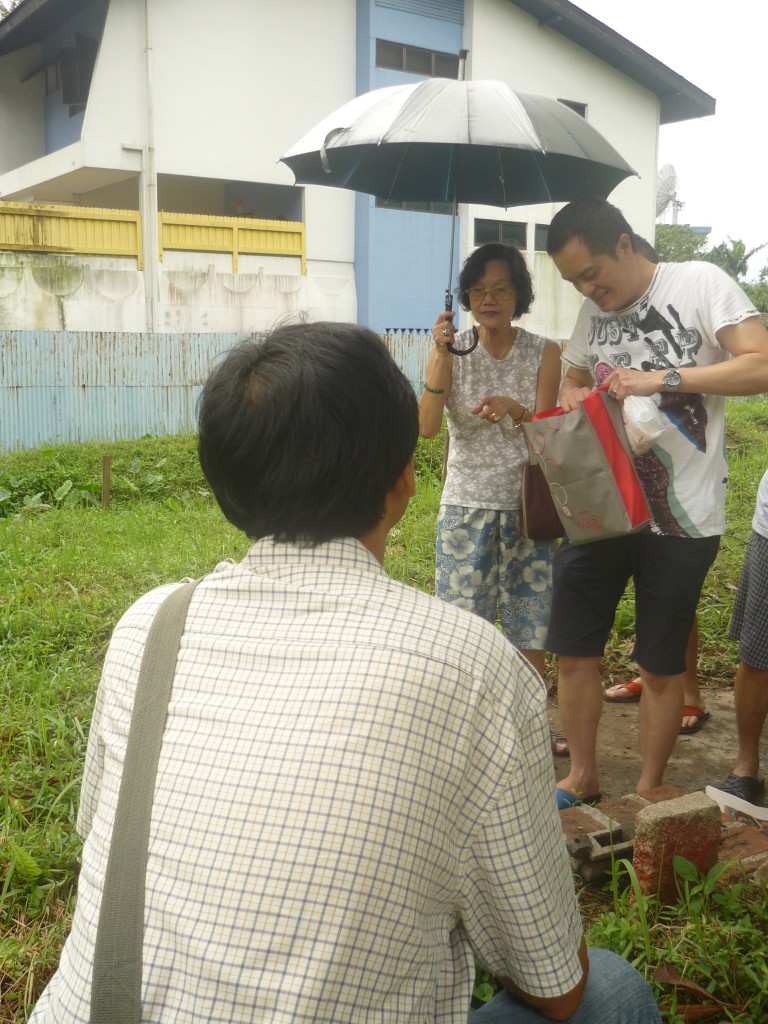

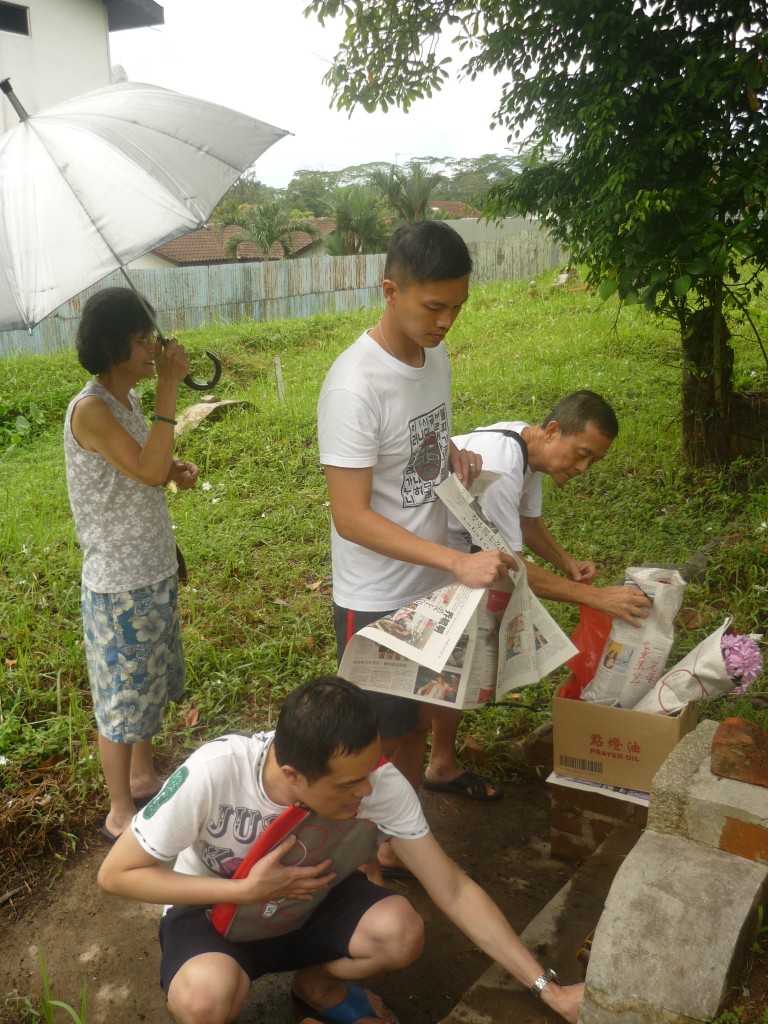
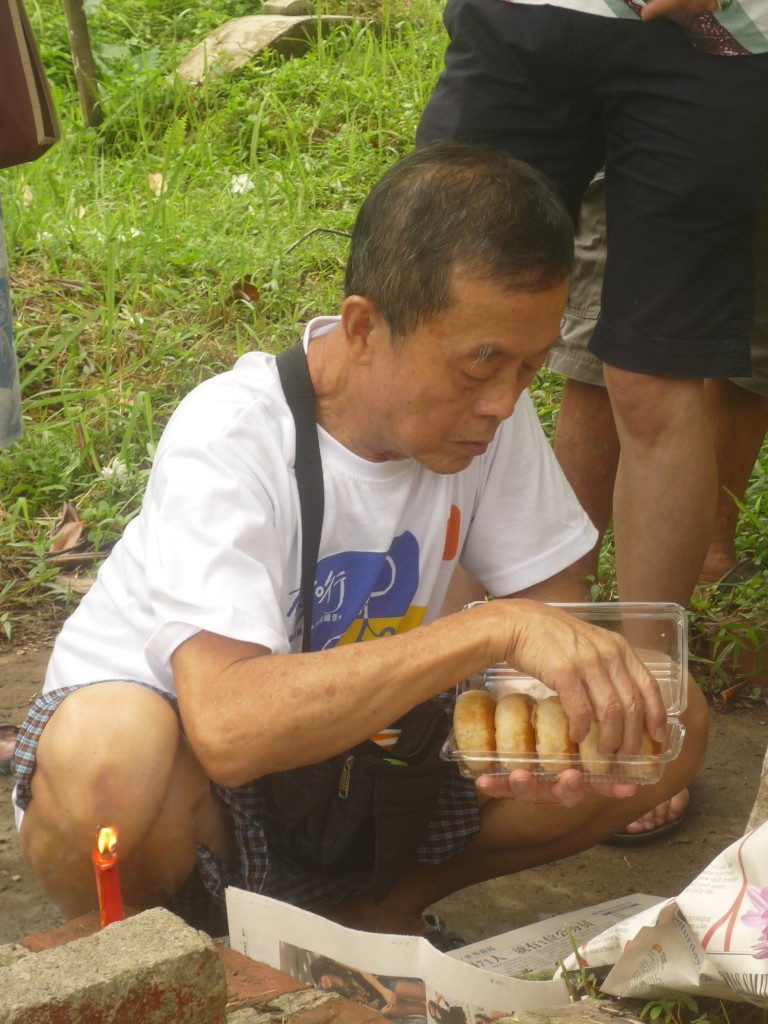
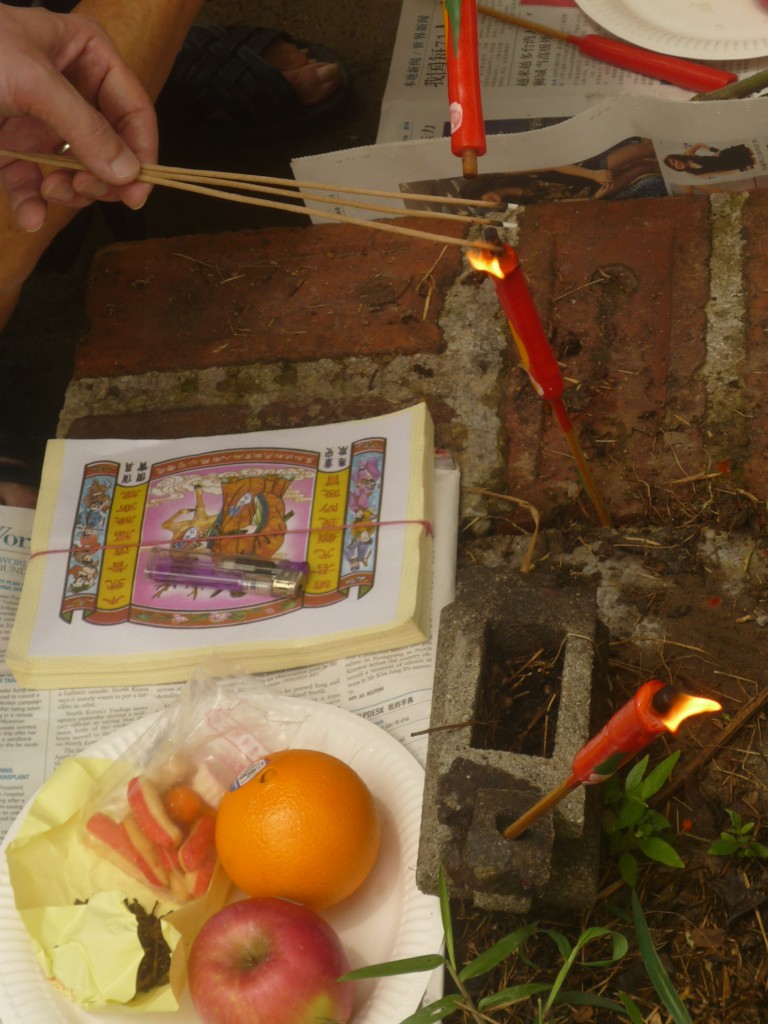

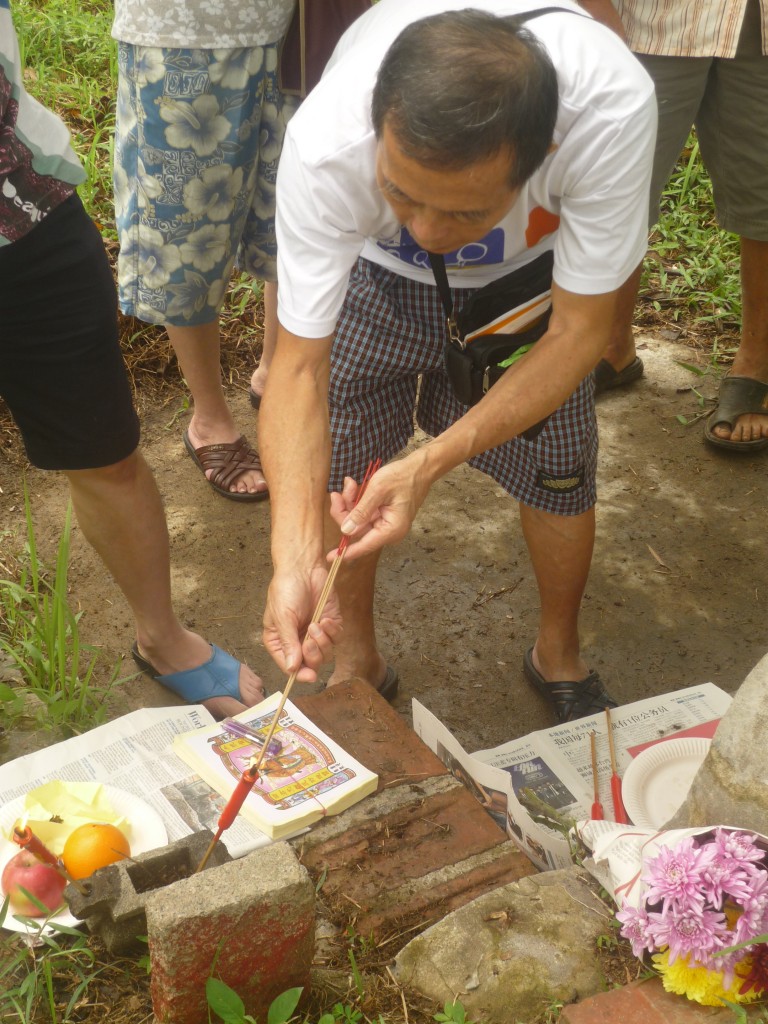
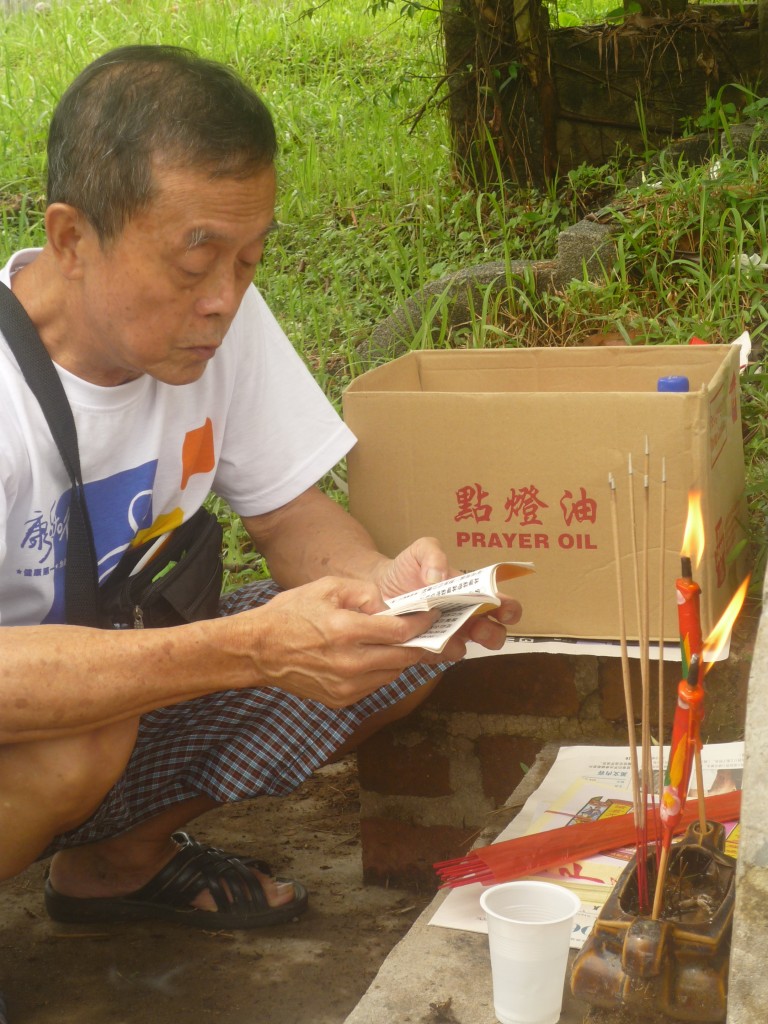
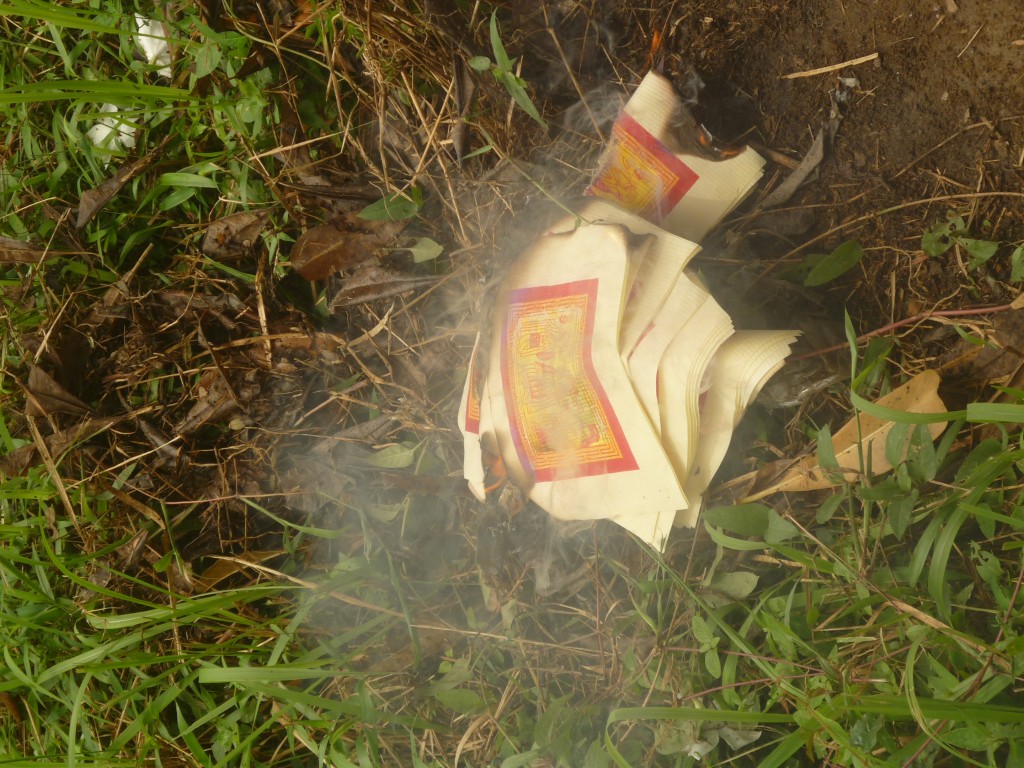

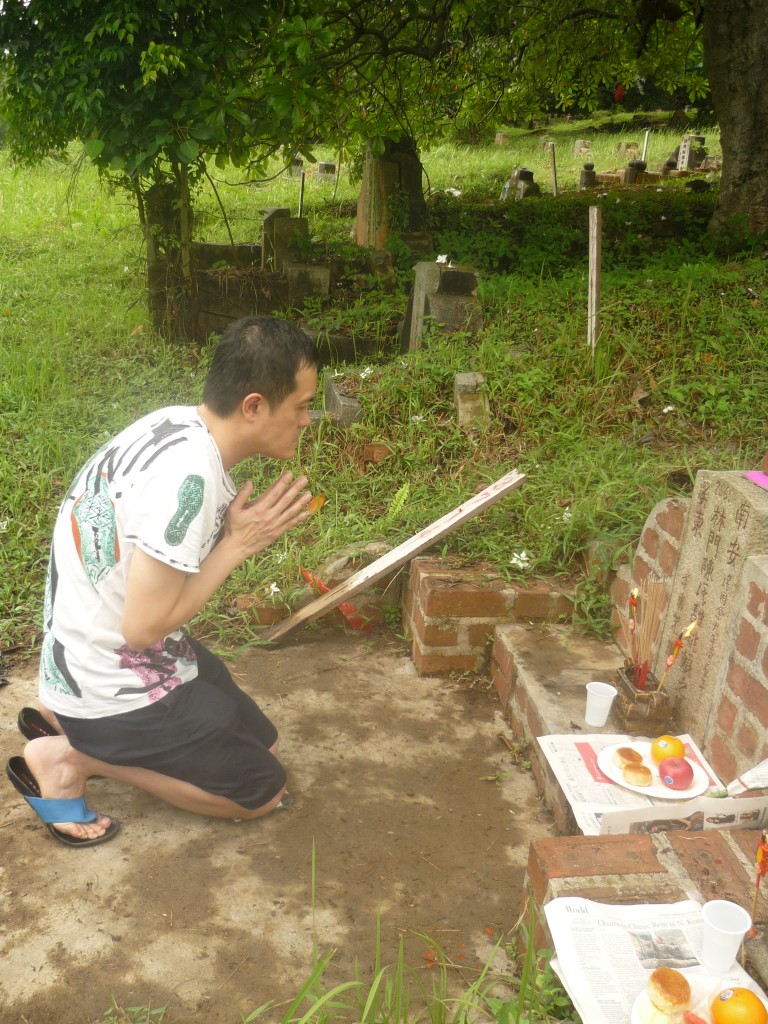





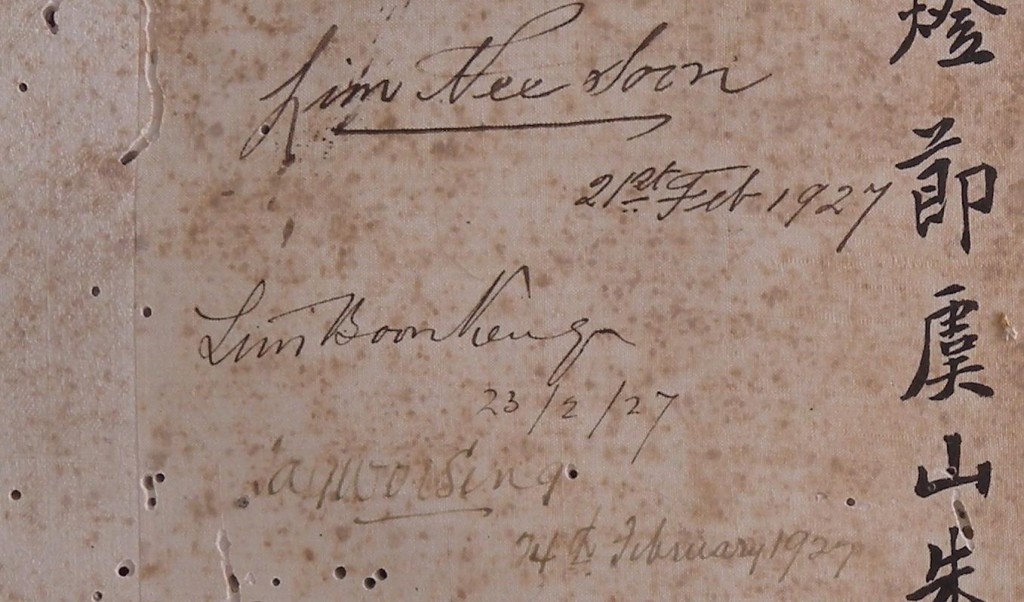

Recent Comments